You can see the evidence of random kindness in every season—it’s not hard to find. For me, it happens a lot in winter, after a heavy snowfall. More often than not, I’ll look out the front window, dreading the fact that I’ll have to shovel the walk, only to discover it’s already been cleared by a sneaky neighbor! Suddenly my claustrophobic winter dread is replaced by the joy of new snow glittering in the sunshine. The day is now extra special because someone went out of their way to make it so.
The Art of Humanizing Robots: An Interview with Cre Fuller
In the heart of Ypsilanti is an artist’s studio that feels, at times, both rooted in the future and the past. Glass eyes of various colors stare at you from every direction. Dentures riveted into metal figures bare wild grins. There is a nostalgia here; a feeling of things lost and found again. But there is also a sense of creation, of assemblage. It is a peek into a modern-day Dr. Frankenstein’s mind. A human-meets-robot dreamscape brought to life in rivets and metal. This is Cre Fuller’s studio.
Healing Our Ancestors: The Importance of Ancestral Relationships
By Diana Quinn Inlak’ech, ND
In traditional cultures worldwide, the honoring of ancestors has existed in some form throughout human history. Traditional cultures wove cosmologies around relationship with their ancestors, the natural world, and cycles of life and death. In the span of human evolution it is only in the relatively recent period that ancestor worship has become less widespread. In the West, this shift is intertwined with cultural fear of and avoidance of death and poor cultural competency with processing grief. However, in recent years, the human need to connect with our ancestors has found a new outlet through modern developments in science and technology. These advancements offer new insights to interconnection with our ancestors for contemporary Westerners who are often skeptical of the non-material and unscientific.
Who are the ancestors? They are the people in our family trees who are remembered and whose names are known from the previous generations. The ancestors are also those to whom we have been joined through chosen family, adoption, and deep heartfelt connection. In addition, they are the unnamed distant relatives in those family lineages from beyond recorded history. Our deep ancestry connects us all from the beginnings of humankind through our shared origins on the African continent with "mitochondrial Eve." Ancestral awareness connects us to all of those who have gone before.
The call to deepen my own ancestral practice grew alongside my study of the clinical application of epigenetic science. The emergent field of epigenetics has settled the debate for once and for all: human development is shaped by both nature AND nurture. The term epigenetics means "above the genome", and is the study of how genes interact with the environment to determine their expression. Epigenetic research reveals that aspects of lived experience are heritable, influencing genetic expression by turning genes "on" or "off." This revelation has tremendous clinical value because we understand that genes are not one’s destiny, but rather, gene expression can be modified. It has become quite accessible to test one’s DNA via kits ordered on the internet and then use the raw data in analysis for epigenetic markers and single nucleotide polymorphisms (SNPs). Single nucleotide polymorphisms are the most common type of genetic variation among humans. These epigenetic factors determine genetic expression and many can be influenced by modifiable lifestyle factors like diet and exercise. In my clinical practice I often assess epigenetic variables to formulate an individualized health plan with patients in order to optimize wellness and minimize disease risk.
Epigenetic factors are also shaped by stressful experiences, emotions, and even more subtle factors that influence our lives. As Tolstoy wrote, "All happy families are alike; every unhappy family is unhappy in its own way." Family shadows such as divorce, addiction, and abuse generate adverse childhood experiences (ACEs) and are known to produce epigenetic changes that impact future health outcomes. The results of the CDC-Kaiser ACE Study revealed not only the correlation of adverse childhood experiences with poorer health later in life, but also the widespread prevalence of the continuation of adverse childhood experiences in the following generations. Of the 17,000 people who were interviewed for the original study, 64% reported that they had experienced at least one ACE. Traumatic ancestral experiences affect the health and happiness of future generations. In studies of descendants of Holocaust survivors and survivors of the Dutch famine, researchers discovered physiologic changes which occurred as the result of trauma experienced generations before. According to Dr. Rachel Yehuda, principle investigator of epigenetic research on intergenerational trauma, rather than interpreting the findings with resignation, the data can be empowering. The fluidity of genetic expression revealed through epigenetic research also highlights the potential of therapeutic modalities to shift health outcomes.
In the United States, there is a profound legacy of intergenerational trauma from colonialism, Native genocide, and slavery, which informs contemporary systems of oppression. In our current shifting political climate, the surfacing of these wounds—which have always existed, but were previously marginalized by the dominant culture—invites an opportunity for healing. We live in a world of disconnection and division by race, gender, class, religion, and national borders, all of which are human constructs. What are the ways that our ancestral lineages embodied these experiences? How were they harmed, or how did they uphold these constructs? Ancestral healing work is an invitation to take responsibility for our lineage. Through examination of our ancestral inheritance, we can interrogate, provide redress on behalf of, and ultimately forgive our ancestors for their shortcomings. We can see the ways in which they contributed to the present day "dream of life" that is out of balance, so that we can appropriately correct course. Ancestral work is social justice work, and we each have a role to play. Acknowledging and healing our collective cultural and historical trauma is a critical form of social justice activism. We do this work in our lifetime to transmute unresolved ancestral and cultural baggage so it is not carried forward, so we can dream a better dream for future generations.
As is the case for many of us, my heritage is a complex blend of intersections that can be confusing to grapple with: British colonial settlers, Spanish conquistadors, and Indigenous peoples of Mexico. Although the majority of my genetic makeup is European (from the United Kingdom and Spain), the 22% of my ancestry that is Native North American is the part that garners the inquiry, "Where are you from?" In this "melting pot"of a country in which we live, those of us with ambiguously non-Anglo appearance get this question often. It is a reminder that we are Other. My own curiosity about my indigenous ancestry led me to explore the roots of my Mexican heritage, as well as to better understand my white settler origins. These threads get pulled in the tapestry of family history, showing up for example in my maternal grandmother’s great pride in her Castilian Spanish ancestry which set her apart from the Indio background of my grandfather’s line. Ancestor work is complex and can give us opportunity to reckon with the echoes of how individual family patterns resonate with the current of wider historical conflicts. All of these and more are alive within each of us.
Ancestral work is an act of radical self-care and self-love. By putting our attention on our ancestral lineage we connect to the resilience, beauty, and brilliance of those who came before. We receive the help and support from our healthy and loving ancestors of the distant past. We integrate these gifts and provide care and healing for ourselves as we extend care and healing to our ancestors. When we engage in ancestral repair, time is non-linear. In living our fullest embodied lives, we are healing those who came before and those who will come after. We honor the cycle of life and death and acknowledge that we will become the ancestors of the future. When we as a culture restore our relationship with our nonliving relations, our capacity for kinship expands to the other-than-human, whom we can also consider our relations and ancestors. We weave ourselves back into the web of life and the natural world. To paraphrase botanist, and member of Citizen Potawatomi Nation, Robin Wall Kimmerer, how do we engage with the lands on which we live as if they are the lands from which we will be the ancestors, lands that we want to remember us with gratitude?
To be a good ancestor in training, we can begin with establishing an ancestral practice. One route to this work is through prayer, meditation, and visualization. If there are ancestral reverence practices in the tradition of your bloodline, exploring and practicing those is a great place to begin. Raised Catholic, I grew up lighting candles for family members who had passed and honoring All Saint’s Day by visiting grave sites with flowers and cemetery candles that would be kept burning for the entire month of November. Later in life I reclaimed my ancestral tradition of celebrating Día de Muertos, or perhaps my Mexican ancestors reclaimed me. Over the years my celebration of this holiday has expanded to last several weeks with an elaborate ofrenda altar and preparation of special meals. The ofrenda is an altar space with photographs and relics of my ancestors, with offerings of their favorite foods and beverages, and flowers. Altar creation is a simple practice for ancestral reverence, designating a physical space in your home with a representation of your lineage and sitting with an open mind and heart. Ancestral connection is also available through formal ritual; spiritual traditions worldwide include the role of ceremonial ritual in ancestral practices. In his book Ritual: Power, Healing and Community, Malidoma Somé calls ritual the "anti-machine", restoring our psychic foundation and our need to live in relationship with other human beings and the natural world. Through ritual we create room for the sacred, which holds us in the work that we cannot do alone. Ritual has a reparative function, mending the fabric of our souls and restoring aspects of our psyche that have been fragmented, allowing reintegration. Whether done individually or in community, ritual is a powerful component of ancestral work for transformation and for mending ruptures in our lineage. Ancestral work is often grief work, and it is the work of attention and care. Dedication to these practices can bring about healing for oneself and one’s lineage in both directions, transforming the narrative of the past as well as what is left behind for future generations.
I believe that ancestral connection is a critical component of restoring balance in these times. This work has been central in my own healing journey and is a component of the healing work I do with others. So often the physical, mental/emotional, and spiritual malaise that people are living with have a root in inherited ancestral patterns. Regardless of one’s religion, spiritual tradition, or lack thereof, there are many accessible ways to reconnect with ancestry. For the practical and scientifically minded, exploring genealogy or doing DNA testing opens up connection with one’s lineage. Don’t be surprised if after opening the line of communication, synchronicities and family ties come out of the woodwork. Ancestor work provides individual and collective healing that is an essential part of planetary healing, and reconnects us to cycles of life and death and our part in the natural world. It is our gift, our birthright, and ultimately our sacred responsibility.
Diana Quinn Inlak’ech, ND is a shamanic practitioner, ceremonialist and naturopathic doctor specializing in integrative mental health and mind/body medicine. She has been studying shamanism and natural medicine for over 25 years. Her office is located at 560 South Main Street, Ann Arbor, or give her office a call at: 734-945-6210. For information about her upcoming ancestral healing workshops and services, visit www.drdianaquinn.com
Related Content:
Embroidered Lavender-Filled Warming Pillow
With summer just around the corner and lots of gardening to be done, what could be better than a pretty warming pillow to soothe those sore muscles? Stuff the pillow with some dried lavender for soothing aromatherapy. To heat the pillow, place in the microwave for thirty seconds, pull it out and shake it, and heat it for another thirty seconds. You can also warm it in the oven by placing it in a cold oven on a cookie sheet. Turn oven on to 200 degrees. Shake pillow after five minutes, and put it back in the oven for another two to five minutes, checking it often to make sure that it is not too hot. Be cautious, it could burn you if you get it too hot. You can also try putting it in the freezer if you need a cool pack instead of a warming pack. Enjoy!
Singing on the Threshold
In the twilight hours of early evening, three women gather around a bedside. Their voices are gentle and soothing; their lyrics and harmonies weave a spell. The lines on the face of the man in the bed smooth out a bit; the family members in the room visibly relax. This is the magic created by Threshold Singers of Ann Arbor, and Threshold Choirs in more than two hundred locations around the world. The Threshold Choirs sing to people in the midst of a transformative life event: most often dying, but also recovering from illness or surgery, going through difficult emotional times, or being in chronic pain. They sing in hospitals and hospices, at nursing homes, in private homes, and once in a while, for the general public.
CONNECTING CHILDREN WITH THE NATURAL WORLD: THE ANN ARBOR FOREST SCHOOL
The concept of forest schools originated in Denmark in 1950. Children who attended Forest Kindergartens emerged with stronger social skills, higher self-esteem, and worked more effectively in group activities. The children were confident and behavioral problems were fewer. It soon became a permanent addition to Denmark’s early childhood curriculum. Not long after Denmark discovered the value of educating children outdoors, Sweden’s “Skogsmulle” concept was developed, a similar educational model that taught children about nature, water, mountains, and ecology. The outcomes were measurable and overwhelmingly positive, making nature and forest schools popular with teachers, children, and parents. The idea soon spread to other areas of Europe.
Sustaining Our Spiritual Journeys
While brief bursts of inspiration can reignite our commitment to our spiritual journeys, many of us are challenged to sustain the same level of enthusiasm over time. Why is this? I recently asked about 40 people in a journaling workshop I facilitated what barriers they have encountered in using writing as a spiritual practice. Their answers, while focused on writing, were identical to the types of challenges I commonly hear people in my interspiritual coaching practice express as challenges on their spiritual journeys: 1) self-judgments, 2) not having enough time for practice, and 3) lack of clear intention.
Building with Natural Materials in the Mitten State
My relationship with natural building started in 1996 when I took a 3-week course from the Cob Cottage Company on the West coast. It was a life-shaping experience in living and building with others, filled with the use of natural materials harvested from the land, food from the garden, bread from the earth oven, evening music, and camping. I came back to Michigan with the advice of my teacher, Ianto, to build with strawbales in this cold climate. I met up with Fran Lee who lived on rural land outside Oxford with her brother and sister-in-law, and together we set out to create a structure that feels like a hug. Inspired by the books Places for the Soul by Christopher Day and Pattern Language by Christopher Alexander, we set out on a journey that came to include Carolyn Koch, Gregie Mathews, volunteers, and experts as we practiced the ways of stone, wood, reed, straw bale, and earth. Strawbale Studio became the work of many hands and a labor of love created with much time and perseverance. A small building is a good place to start!
Great Tastes in Local Food
Our restaurant review column featuring reviews of Wild Poke, Dalat, and Fresh Forage.
Leaps of Faith: Earth Elements
Kristen Madrid and James McDonald have had a lifelong interest in the metaphysical and spiritual tools for healing practices, and their shared passion has blossomed into Saline’s first and only mind, body, and spirit shop: Earth Elements. At their store on Michigan Avenue in downtown Saline, you’ll find everything from crystals and gemstone jewelry to loose leaf teas and Reiki healing services. Together, they have created a one-stop-shop for self-exploration and spiritual connection. Stay for a cup of their “tea of the day”, and you will find it is also a wonderful space for relaxation and taking a much-needed break.
From Ann Arbor to the Peruvian Rainforest: The Ancient Mystery of Being Practical
Many people today are attracted to the world’s indigenous cultures, sensing these ancient ways touch the enigma of the soul which is so fundamentally lacking in mainstream society. Yet there might be a blind spot in this approach to ancestral spirituality, one that became apparent to me while living alongside indigenous elders for many years. Helping to unite this gap between worlds has since become my life’s work.
Good Food, Good Cells: How Proper Nutrition Supports A Healthy Body
by Shannon Roznay
Which of the following scenarios applies to you?
You’re feeling fine and you go to your medical doctor for your annual physical. You are shocked to hear that your blood work comes back showing borderline diabetes and your doctor is putting you on medication…
Or, your energy is dragging, you haven’t been feeling your best for a while. You feel like something is wrong and you go to your doctor for blood work and she tells you there is nothing wrong with you, you are perfectly healthy. You leave wondering how it is possible. Or, your doctor may even suggest that your symptoms are due to stress, or it’s all in your head, and then recommend antidepressants or antianxiety medications…
Or, you are somewhat overweight and no matter how hard you try, no amount of exercise or dieting takes any weight off at all? You are completely frustrated and are ready to give up, even though you really don’t like being overweight…
These are some of the most common complaints I see as a holistic health doctor, but there are many, many more. Joint pain, migraines, digestive problems, infertility, insomnia, high blood pressure, thyroid problems, sugar cravings, you name it! Hundreds of people are walking around experiencing symptoms that are preventing them from fully enjoying their life and reaching their fullest potential.
And I find one thing that everyone suffering from these various symptoms has and it’s this—they are all eating food that isn’t good for them.
Your whole body is made of cells — you may remember this from biology class — and your cells are always dying. But you are still alive because your body is constantly growing new cells. Have you ever stopped to consider where your body gets the material it needs to grow the new cells? Well, you may have guessed by now, but the material is acquired from the food you eat.
The ramifications of eating “bad” foods is that your body grows “bad” cells. And then one or more of the organs in your body develops dysfunction. And when that happens, you will develop symptoms. And it can be any of the symptoms we mentioned above or many others as well. Major illnesses like Alzheimer’s and cancer have this same root cause. From my 17 years in the holistic health field, I have found most Americans are eating way too much sugar, toxic chemicals, and other products that prevent their bodies from growing healthy cells. And when people are not feeling well, and their energy is flagging, what do they do? They reach for junk food! And thus a vicious cycle is created in which they keep feeling worse and worse and getting sicker and sicker.
Sugar, processed foods (including genetically modified foods), and excess caffeine are not only lacking in nutrition, but actually cause nutritional deficiencies because the body must use vitamins and minerals to try and stay balanced when we consume these things.
Stress is another cause of deficiency, depleting the system of magnesium, B vitamins, and Vitamin C to name a few. With chronic stress often comes chronic health issues like frequent colds, anxiety, insomnia, and hormone imbalance. Our organs take a beating, especially our brain and adrenal glands, which then cause all kinds of symptoms. Are you getting the idea? A lack of proper nutrition will cause organs to malfunction, which leads to symptoms and eventually disease.
So what is proper nutrition? Most people know they should eat vegetables, but beyond that things get confusing. Many subscribe to a low carbohydrate or ketogenic diet, while others say a vegetarian or vegan diet is best. How do you know what’s right for you?
Its’s true there are variations from person to person on what foods should be eaten and in what quantity. Some people don’t tolerate onions and garlic, although these are certainly very health foods for a lot of folks. Others have major trouble with tomatoes and peppers. These issues are usually identified through trial and error, noticing that you don’t feel well after eating a specific item, but often the real culprits can go unnoticed because sometimes the offending food doesn’t cause symptoms until several days later.
Over so many years helping people improve and recover their health using dietary changes and supplementation I have seen many types of conditions and just as many solutions. My advice for anyone struggling with their health would be to start by eating nourishing foods—minimally processed, whole ingredient, occurring in nature foods. A simple thing to change is the type of fats and oils you consume, ideally sticking with butter, coconut oil, avocadoes, and nuts, plus fat occurring in healthfully raised proteins like eggs, fish, and meat. Another strategy is to buy produce that’s organic, or even better, that’s local and hasn’t been treated with chemicals. And of course, check any labels for sugar because, as we discussed earlier, it’s a major cause of deficiency, inflammation, and ultimately ill health.
If making changes to your diet causes an improvement in how you feel, keep it up! It takes time to heal naturally and symptoms are the first thing to disappear, but full healing takes at least a few months and sometimes a year or more. Know that the body is an amazing machine that can endure and recover from major assaults if given the right tools.
If you think you are stuck in a vicious cycle of bad food and poor health, I have good news for you. There is hope! We have helped thousands of people restore their health, safely and naturally, without the use of drugs or surgery, by simply helping them sort out their diet and recommending specific supplementation to correct deficiencies and help the body heal. I have seen some very sick folks improve from simple dietary changes once they know the exact changes to make. It’s amazing how powerful food can be!
Dr. Shannon Roznay, D.C., is a doctor of chiropractic and specializes in using Nutrition Response Testing to help people improve every area of health. For more information you can visit Dr. Roznay online at thrive-wellness-center.com or give them at call at 734-470-6766. Thrive Wellness Center is located at 6901 State Road, Suite D in Saline.
Related Content:
The Feminine Face of God in Ann Arbor
I posed many similar questions to different spiritual leaders in our community in an effort to educate myself about the Ann Arbor goddess scene. They all recognized the dominant masculine energies which pervade our society and still they were hopeful, funny, erudite, and, most importantly, wise. They helped me see that I wasn’t confused, but that the grander cosmos was unaligned.
Crazy Wisdom Kids in the Community-- Mindfulness with Barbara Newell, Joy Aleccia, and Anique Pegeron
by Laura Cowan
Of all the to-dos on my mom list, the most upsetting and hilarious has to be self-care through meditation. I do actually have a supportive spouse, I work flexible hours, and I only have one kid. Still, the idea of adding one more to-do in addition to taking care of everyone around me — taking care of myself and forcing myself to calm down — is high in irony and low in fiber.
Currently I’m launching a tech blog with my husband, writing magazine articles, nursing a sick puppy, keeping up with a kid who is determined to catch every strain of flu this side of the Mississippi, and writing my twelfth novel, while planning all the family vacations… so we can relax. And… I’m one of the privileged moms who gets to choose how she spends her days. I know if you’re a single working parent or doing the stay-at-home thing instead of juggling work, you’re probably dealing with something much harder, like taking care of aging parents while raising babies.
For a parent to prioritize keeping calm is inevitably required. That’s one of the reasons mindfulness meditation is a growing trend breaking into the mainstream. It is a type of self-care that helps people, moms in particular, stop and smell the roses and refresh themselves. It’s about living in the doing instead of just another to-do.
According to Ann Arbor mindfulness coach Barbara Newell, this world we live in of thinking and improving and doing often leaves no space for feeling. Mindfulness meditation, which teaches ways to be present in daily life, is trending with parents and high-performing professionals. It helps us bridge that tendency in our culture from being carried away by thinking about all the things that need to be done to just acknowledging thoughts as they pass.
Kids are now getting into the mix as well, learning tools to cope with the stresses of school. Parents know it's harder on kids these days to keep up. Kids are seriously stressed by the load of over-scheduling and high-achieving school standards, especially in a place like Ann Arbor, where my nine-year-old can already opt into advanced math programs or take after-school activities until she drops. If I let her. I did bring her to AAPS in second grade because her smaller district wasn’t challenging her, but there is a down side to every school system as wonderful as Ann Arbor’s. I’ve learned to say no to practically everything to manage the barrage of opportunities we don’t have the energy to balance. Yes, I force self-care and balance down my family’s throats like brussel sprouts. It’s good for them. We will not be stressed out and exhausted, so help me if it’s the last thing I do. Right. Where was I?
Mindfulness meditation has recently experienced explosive growth in popularity, including in Ann Arbor, because research studies with evidence-based findings keep showing improvements across the board in people’s physical and emotional health using the practice. People are learning that mindfulness is a very simple way of connecting with a self-care routine that doesn’t require a lot of time, spiritual study, or any particular belief system.
Here’s why it works for parents and kids: mindfulness meditation isn’t a prescribed routine. It's a skill we can learn to check in with ourselves. So instead of worrying that I haven't done enough meditating today, I use this skill to check in and get real about what’s happening. “How am I feeling when the P.T.A. asked me to volunteer even though that lady I’ve never met gives me the side eye and a guy almost just ran me off the road while I was doing carpool?” I’m feeling like it might be a good night to chill out with a movie and the family and push the business accounting to tomorrow. Another burnout moment avoided. When I check in with how I feel more regularly, I don’t have a chance to get so off track trying to force myself to get everything done. My body thanks me. I have more energy. I stay healthier. Can somebody please teach my puppy mindfulness?
If it helps to get started by joining a group, there are now many sitting groups around Ann Arbor. Online sites like Mindful City Ann Arbor (mindfulcityannarbor.org) list ways to join groups in town. Several local teachers offer classes tailored to parents and kids, like at Barbara Newell’s group Grove Emotional Health Collaborative, where two different coaches work with parents and teens to create healthy routines for daily life. The experience can range from a relaxing way to end the day with a supportive group of friends to coaching that comes to you to teach kids ways to relax and stay present with themselves through stressful moments.
I sat down with a few of my favorite coaches to discuss the benefits of mindfulness and how it works. There are tons more groups around town. Happy meditating, parents. Moreover, happy saying no to the P.T.A., God bless ’em and the important work that they do.
Mindfulness for Parents
Barbara Newell works as a mindfulness coach alongside a group of therapists and one other mindfulness coach, Anique Pegeron. Newell’s study of mindfulness goes all the way back to 1974, when someone handed her Thich Nhat Hanh’s Miracle of Mindfulness. In 1992 she began attending the Zen temple in Ann Arbor and received a copy of Thich Nhat Hanh's book Touching Peace from its resident priest. Her studies would take her to living with Thich Nhat Hanh's monastic community in France for twelve years before returning to the United States.
She has a quiet peaceful way about her and sat with me in an empty room at the Grove offices on Main Street, where we added our own lamp and chairs, like a meditation circle. I could tell right away she was well-suited to this work. She carries herself like a nun who meditates at regular hours (as an Ann Arbor kid raised in Catholic school who’s known a lot of Buddhists, I’ve been around a lot of nuns).
Newell said she works with clients to identify ways they can use mindfulness in their daily lives, not as a meditation practice, but to be used while going through their routines, in order to be more present and enjoy their lives more.
What are the most common challenges for people in a mindfulness circle or coaching session? “There are a whole world of needs, tasks, and challenges,” Newell said. “We can feel caught up in the doing and lose contact with the spirit of why — the meaning of life and the expression of love for our family.”
Newell said her class on mindfulness grows out of individual coaching with parents. She said she was surprised to hear how busy parents are these days, even just the sheer amount of driving they do for their kids. There are also a growing number of anxiety disorders among kids presenting in her practice, and she seeks to help families address the stress of daily life in ways that work for them without adding one more to-do item to their list.
That’s why Newell doesn’t call her class Mindful Parenting, but Mindfulness for Parents. Parents don’t need another stressful standard for perfect parenting. It can be overwhelming enough to fit in all the things parents need to do in a day. What this class and others do is create space for parents to process their lives and reorient. With renewed awareness, they can apply their own values and priorities to their roles as parents and enjoy it.
“What can seem selfish for a moment [in taking the time for a mindfulness class] pays dividends to everyone around you if you take time for yourself so you can be more present,” she said.
Mindfulness is often taught as a two-part practice here:
1. As a sitting meditation or formal practice, a time to pause and be present. With practice, this becomes more habitual and easier to integrate into the day.
2. As an informal practice that weaves a sense of presence into the day, to pause as we do things and enjoy the moment or just be present with ourselves to witness what is going on and stay with ourselves whether we are enjoying it or not.
When we are present with ourselves, we give ourselves the opportunity to make a fresh choice in the moment of how we want to orient our focus. Do we want to look in our loved ones’ eyes and feel connection? Do we want to stop and smell the fresh air while stopped at a traffic light? Do we want to stay present with how we’re feeling and support ourselves through a difficult moment? Mindfulness is not about forcing yourself to sit on a cushion and think or breathe, Newell emphasized. In fact, one of her favorite practices is to help clients identify where their natural passions and joy in life are, and be mindful in those moments. She asks what their day is like. What do they enjoy? Is it skiing? Is it music? Being present in those moments is not a cookie cutter approach. It’s a selected focus on showing up for what’s meaningful to us personally.
Finally, Newell said it can be helpful for parents to have a group of like-minded individuals to support them and hear how challenging it can be to parent these days. Her groups are composed of many different kinds of parents, ages, and lifestyles, but her classes are often filled with working parents.
You can reach Barbara Newell at Grove Emotional Health Collaborative’s office on Main Street at www.groveemotionalhealth.com or by contacting her at barbara@groveemotionalhealth.com and (734) 224-3822 x113.
Some Relief and Go-To Techniques For Kids
I met Joy Aleccia when our daughters took yoga together for two summers. It’s one positive side effect of being in a town where kids get into the fun of mindful exercise and green living — you meet a lot of like-minded parents. Joy Aleccia co-founded Seek Wellness in Ann Arbor with her business partner Karin Elling-Gardner, a chef and registered dietician. Aleccia is a yoga therapist and Reiki master who works specifically with kids to create a holistic approach to wellness. Her offerings include coaching in mindfulness as well as nutrition, Reiki, and other healing modalities. Aleccia works often with children who are dealing with anxiety or O.C.D., ages 5 to 9, and also with local Brownie troops. What’s unique about her business is that she will come to a parent’s home to work with one or more children in their own space. This is great for families that want support without joining a group class. She said one of her greatest tasks is to blend into their space to make them comfortable while she’s teaching them ways to relax in a stressful moment.
Aleccia teaches kids simple ways they can stretch, meditate, or play games that help them feel good in the middle of their day. “We’re just strengthening your armor so you can feel better, not perfect,” she said. A veteran yoga teacher, she added, “I always include a few yoga poses because it’s another tool in the toolbox.” She shows kids poses that are designed for relaxation, such as the Rag Doll dangling pose that can calm you when you’re feeling overwhelmed. She also includes a practice of kids putting their feet up a wall while lying down and also helps them learn to breathe deeply for relaxation.
Several sessions in a row with her young clients are followed later by a refresher. Aleccia can also teach kids how to ground using visualization techniques that are super simple, such as helping them imagine themselves as a tree with roots reaching down into the ground. This helps orient them in the present and stay with themselves during stressful moments.
Aleccia says that one of the keys to mindfulness she picked up in a TED talk, where the speaker talked about how if you take the stairs instead of the elevator and your legs start burning, your heart rate elevates, you’re not thinking, “Oh no, I’m taking the stairs wrong.” It’s just a new experience of a different way to get upstairs that comes with new sensations, and we know this intuitively. When we meditate, we tend to judge ourselves too soon and think that we are no good at it. People tend to talk themselves out of mindfulness meditation because they think they’re doing it wrong, Aleccia said. Kids don’t have that expectation, so it can be easier to work with them and their willingness to try a new experience.
Joy Aleccia is reachable for in-home meeting and office visits at her website www.a2seekwellness.com, by phone at (734) 274-5310, and by email at contact@a2seekwellness.com.
Mindfulness for Teens
Mindfulness coach Anique Pegeron grew up in Ann Arbor, so she knows all about the high expectations and packed schedules we value. When Pegeron was in high school, she was told “calm down” or “pay attention” with very little instruction as to how to do that. Her inspiration came from wanting to create a better method for teens today to learn how to process the pressures of life with a road map for relaxation and self-care. Pegeron started with mindfulness summer camps for kids at County Farm Park, a program she still runs from her website Mindful World (mindful-world.com). It is focused on nature, games, yoga, creating community, and teaching small ways kids can practice mindfulness for their own benefit.
The next logical step was to extend the programs to teens, Pegeron said, through her Right Now Mindfulness and Yoga for Teens class. She prepared for her coaching with a program in California called Mindful Schools (mindfulschools.org) where mindfulness was already big a few years back, and added that on to her bachelor’s in psychology and master’s in education. She realized that families wanted to learn more about mindfulness as it went mainstream.
Pegeron also works at Grove Emotional Health Collaborative. She said it’s great to be a coach that works with teens looking for tips to cope with daily life. It allows her to support them with the latest offerings from the mindfulness movement. She also loves helping them learn that in a society that encourages seeking healing externally, mindfulness can help us seek what we need internally. This can be great for building self-esteem and resourcefulness throughout life.
“It’s not about getting it right or doing it one way,” she said. Pegeron works with teens to find their best way to connect with themselves in the midst of a lot of pressure to succeed or organize their lives, so they stay in touch with what is really important to them and know they have the resources internally to succeed. “The road within is there for all of us but is blocked,” she said. “[This helps] remove the barriers.”
Pegeron said her education in Ann Arbor was great, but it filled her mind with a lot of information instead of giving her instruction about the nature of her mind. She believes that because Ann Arbor is a high-achieving town, mindfulness is having its moment here, and we really need these tools to deal with pressure.
One of her best tips to understand mindfulness is this: treat yourself like you would treat a friend. She is teaching more these days on mindful self-compassion, she said, because we tend to be so much harder on ourselves than we are on others. Learning to pay attention to how we treat ourselves can make all the difference in creating a balanced life.
Pegeron seconds the idea that mindfulness suits Ann Arbor because of the scientific research backing it up as more than a spiritual practice. It’s completely nondenominational, which means it works not only for people whose focus and lifestyle orients around scientific process but also for people who are religious but don’t want to practice any kind of meditation that combines their spiritual practices with those of another religion. For some, mindfulness opens up the path to other spiritual practices that might benefit them. For others, it’s a simple tool that excludes spiritual practice, which can be a relief for those who are non-religious or recovering from religious abuse.
So what happens when you don’t want to be present with discomfort and befriend your own experience? Pegeron said it’s about befriending yourself in whatever situation you find yourself, not numbing out and creating an overwhelm, because, she said, what we resist persists. “Can you learn to befriend your own emotions, knowing they’re part of human experience,” even when they’re not comfortable? Pegeron said this is preferable to avoiding discomfort, because that often leads to situations piling up on us. In fact, she said, mindfulness helps us sharpen our discernment of uncomfortable situations and mind-spinning stories we tell ourselves about our experiences and blame ourselves or blame others. When we train ourselves to be mindful of our experiences, we can help ourselves sift away the narratives to an underlying essence of what feels authentic to us. We can practice an experimental sort of thinking about our experiences, instead of resorting to life and death thinking.
Pegeron said that cultures who cultivate mindfulness value thinking as much as our society does, but they also value intuition, a deeper subconscious type of thinking that values emotions as signals of what is happening to us and what decisions we feel we need to make. Healing doesn’t just come from understanding what is happening to us, but from listening to and feeling emotion and seeing if it speaks to us. This can build resilience, but it can also be challenging and leave us feeling uncomfortably raw with feeling so much for a while. Groups and classes can help people see the common experience we all have with these things and normalize people’s experience of growth.
Anique Pegeron works through the Grove Emotional Health Collaborative and can also be reached at her website www.mindful-world.com. She is a certified Mindful Schools instructor at www.mindfulschools.org/resources/certified-instructor/name/anique-pegeron/.
In Conclusion, Darn It
Truth time: I don’t know a single parent, myself included, who feels they have this balance thing licked. I know one woman dealing with having to find new housing while sorting out her career after a cross-country move, and it’s tearing her up. Another friend found a new job only to have to testify against her new boss. A third friend is helping her teen through mental health challenges while raising younger babies, and it’s wrecked her health. Out sick from school, my daughter’s stress brought her to tears even though she has a supportive teacher who is happy to catch her up. Where did we get this idea that we have to keep going and be perfect even when it’s absurd? I hope I didn't teach her that, though my schedule disagrees.
For myself, I have added mindfulness into a daily routine when I can remember, but I’ve also benefited greatly from moving meditation when I need to work off the stress instead. Walking, swimming, tai chi, and similar exercise has become my go-to. And that supportive family of mine insists I stick to it, because I really do start to fall apart when I don't keep up with self-care.
Mindfulness meditation is a tool I reach for when life is too much. It won't add another burden to my list of beautiful things I have actually chosen to do. I love my work. I love this family. I love this town. And I love not being burned out. Blessings that you find your balance as well.
Related Content:
Welcome to the Conscious Cafe
Many of today’s cohousing communities are designed to be microcosms. Members often get together to share regularly scheduled meals and engage in social activities such as games, movies, and various projects in shared spaces. At Sunward Cohousing in Ann Arbor, gathering for fun or to share meals in the Common House is part of what defines this community.
Soul on a Short Leash: Butterflies, Bees, and Technologies
My parents both traveled in Mexico when they were young. They hadn’t yet met and would not for a few years. A flock of butterflies accompanied the bus in which my mother crossed the border from Arizona. She said they were pale in color, not monarchs, like a scatter of flowers, a flock of mariposas on the wind’s breath, and for the Aztecs, a symbol of fire and soul.
Weekend Getaway: Lial Renewal Center
Heading down US-23 toward Ohio was a familiar experience, but my expectations differed from past trips. Over the years, visits to the Toledo Zoo and the Imagination Station made Ohio synonymous with family playdates and non-stop activity. Driving south of Toledo was new territory, so missing the exit on US-24 near Napoleon led to an unexpected excursion into downtown Whitehouse. Named for a local official in the 1800’s, the village’s rural, relaxed setting was a welcome contrast from earlier visits to Northwest Ohio and complements Lial Renewal Center’s low key, introspective environs.
Namaste, Katie Spring 2019
Namaste, Katie... Whether you're a seasoned yogi or getting ready to roll out your mat for the first time, here you'll find a variety of useful tips from local yoga instructor, Katie Hoener.
The Art of Humanizing Robots: An Interview with Cre Fuller
By Cashmere Morley
In the heart of Ypsilanti is an artist’s studio that feels, at times, both rooted in the future and the past. Glass eyes of various colors stare at you from every direction. Dentures riveted into metal figures bare wild grins. There is a nostalgia here; a feeling of things lost and found again. But there is also a sense of creation, of assemblage. It is a peek into a modern-day Dr. Frankenstein’s mind. A human-meets-robot dreamscape brought to life in rivets and metal. This is Cre Fuller’s studio.
Christopher “Cre” Fuller, 46, didn’t plan on building tin creations for a living. In fact, when he graduated from Mt. Pleasant High School, he went into building chimneys with his father, and later, working at Whole Foods when he moved to Ann Arbor in 1997.
“Like most corporate jobs, it could be frustrating, but I valued my time there,” Fuller said. “From there, I went to Plum Market, in a similar capacity, and tried my hand at the wholesale racket. I’m good at helping people and being honest and genuine. Wholesale was a bit of a smarmy… you kind of have to be greasy. And I wasn’t good at that.”
But he was good with his hands. After saving money and leaving that job to invest in himself and his art, Fuller decided to spend time chasing after a job that would be more fulfilling.
“I think I’d had every creative hobby under the sun. Around 2000, when I bought the house I still currently own, I spent all my money on the house, so I just needed an art. I had seen things around, you know, people making humans and robots out of junk and trash and whatnot, so I just decided to try my hand at it.” The first robot Fuller created was around 2000, 2001. To date, Fuller guesses he’s built around 600 robots. He’s best known as the guy that makes the “Tin Angry Men,” a name he’s trying to distance himself from. His web presence only bares his name, and no mention of the moniker, since Fuller doesn’t feel it fits his creations anymore.
“At the time, I set up a little spare bedroom for all my glasswork and jewelry making. As I went along, I would make these little robot creations. I never took it too seriously. They were just little gag gifts and things like that.” Fuller said. “But I’ve always liked taking things apart, as a little kid, seeing how the guts work. What does what. So taking things apart wasn’t a stretch for me. And then just kind of reimagining what those parts could be once you have them unassembled, or disassociated from their previous purpose, whatever that purpose was,” Fuller said.
“I tend to gravitate toward vintage aluminum, I can get the look of it that I want, I can either keep it brushed and have it kind of dull and matted, or I can polish it, into a chrome-like shine. It has that mid-century vintage feel already, and a lot of the things I prefer to use, is early century stuff.”
Fuller frequents places like Recycle Ann arbor, and local antique shops to find his goods, though he admits it’s been a bit harder to find pieces as of late since he’s “depleted the local supply.”
The Ann Arbor/Ypsilanti area welcomed him and his creations with open arms. “In Ann Arbor, people value art,” Fuller said. “And in its soul, it’s got people that respect and applaud the art. Ypsi has this humongous heartbeat of art and people who appreciate and applaud it.”
His work can be assembled quickly, if Fuller has the right parts.
“If I have all the stuff just sitting there, I can get a simple piece done in a day,” Fuller said. “Taking the time to let paint dry, and to let glass eyes cool, I can get a small piece done in a day. But sometimes, I’ve searched for those parts for a year. A huge component of this, of any assemblage artist, is their pile of goodies.”
While he does consider a lot of his work as “assemblage,” Fuller also admits that not all of his work falls under that category in art shows, so “found art sculpture” is also an acceptable way to describe what he creates.
If you look at his work, there’s a sense of past-meets-future. “I think I was just trying to make that ‘50s version of a future robot. You know? Certainly, a departure from the modern take of robots. That’s what I really wanted to do: [embody] the romance of the vision of the future. When I first started doing this, I wanted them to look like vintage robots from the future. Cross between a little bit Star Wars, a little bit Mystery Science Theatre. I was always a fan of MST. The guy just made robots from crap laying around the shop, and that’s exactly what the deal is over here.”
For a vision that personifies parts of the past, Fuller’s work seems to capture the minds of young and old in the present. “I was surprised by how much of the population were into robots: whether they knew they were, or they found out they were from looking at my work,” Fuller said. “Certainly, young kids, boys and girls, all love it. The lamps I make, I try to make them touch sensitive, to turn them on. The kids love that. So do comic book nerds, movie geeks, sci-fi people. I consider myself part of the tribe there.”
But his work doesn’t stop at robots. Fuller considers himself an artist and event-organizer, who describes himself as a “jack of all trades, who can handle just about anything,” with other projects including Dypsi, an indie art far in Ypsilanti, and simple, vintage-looking light up signs for personal use as well as business. Fuller has made signs for Side Tracks and Wurst Bar in Ypsilanti.
Fuller said, “When I’m working on a piece, I like seeing the personality develop and unfold. Right when I’m done with one piece, I put it on a shelf, and I turn around and start on the next one. I like seeing them come to life. And I like moving on to the next one. And I like learning from the last one. I think it helps the evolutionary chart, if you line them all up, you can see how they all progress.”
One of Fuller’s muses is H.R. Giger, the Swiss artist most recognized for his work on the film Alien.
“He was just a weirdo and had a dark style, all that biotechnical stuff. It struck a chord with me as a kid.” Fuller said. “When I’m looking to build something, I’m looking for shapes, maybe some texture… just something I can remove from its original purpose and misplace it. Maybe I don’t see it right away, maybe later.”
As of late, his work has taken on a different feel, thanks to the glass eyes and dentures he’s inherited from friends, family, and locals who fell in love with his work.
“I started getting dental molds, plaster casts, usually used, all busted up,” Fuller said. “I think I was discussing this at one of my Dypsi shows, and one of the onlookers said, “Hey, I have some of my father’s old dentures. Would you like those?” and I’m guessing he doesn’t need them anymore… so I was like sure.”
Fuller said he hung onto those dentures for a few years as he gathered the right parts and pieces for the robot he wanted to make. “I waited until I had a couple of cool pieces to go with it because I thought those were special,” Fuller explained. “It helped normalize that person’s life.”
“People were like ‘what the hell is this guy doing?’” When I completed the piece with the dentures, it turned out really, really good. It was one of my favorite pieces. It was creepy, it was cool, I felt like I had made a complete piece. I was happy with it. I ended up finding her email, sending her a picture of the piece, telling her, ‘I finally got around to using your father’s dentures, I hope you approve, had a lot of fun…’ and she just loved it, her uncle ended up buying it for her. When I talked to her, she ended up sending me a picture of her father, and I swear to god it was so creepy, how much it looked exactly like him. It was an old man, bald, kind of gaunt, and that’s exactly how the piece ended up looking. I was like… get this thing out of here.”
But the dentures weren’t the beginning of wild part-human, part-machine creations. “The one with my aunt’s glass eyes, that was the precursor to starting to get really weird with it,” Fuller said. “My aunt has a glass eye, apparently you have to get them replaced because your physiology changes, so she has some glass eyes and I was like, “Aunt Sally, you have to give those to me,” because she was talking about throwing them away, I thought that was absolutely crazy, you don’t throw away glass eyes.” Fuller said. So he decided to incorporate them into his work.
“She’s tickled pink about me using it. It was the gateway of getting super weird. Then the teeth… the way the whole thing came together. Kismet-ly looking like him. That was probably the weirdest thing I’ve ever made.”
For Fuller, there’s a humanness to what he creates. “You can go online and buy [glass eyes or dentures] and there’s a million of them out there. But that’s not the point of what I do. I’ll search eBay for some stuff, but things like that I don’t want to buy. It’s not the point,” he said.
“The way I make something personal is like if you have a certain piece of kitchenware that grandma used to use. Something that has her soul in it. His or her soul. A lot of the times, I’ll find an old biscuit cutter where the wood’s all worn away. I just picture someone in the 50’s, 60’s, little old grannie or whoever, cutting biscuits out with love, wanting them for her family or grandchild, so that love, that energy is in that handle. When I look for pieces, I look for stuff like that. Pieces with scuff marks, the handle that has seen so many biscuits cut. It’s hard to make something look like someone, but there are ways to instill their soul in something.”
To see more of Cre Fuller’s work follow his Instagram @crefuller or visit him online at www.crefuller.com. Contact Fuller at tinangrymen@gmail.com
Related Content:
Treat Your Pet! Clean Eats For Our Four-Pawed Friends from the Brown Basset Bakery for Dogs
With more and more people identifying their dogs as not just a pet, but a very important part of their family, it’s no surprise that the demand for increased quality in dog food and dog treat options has risen. This thought process led me and my team at The Brown Basset, a local bakery for dogs based out of Chelsea, to start digging into our recipe books to create the best dog treats possible using simple,
clean, organic, and all-natural ingredients with no preservatives. Your pups will flip
for these scrumptious treats, and our menu of approximately 20 different cookies,
muffins, and cakes fall into this “clean” category.
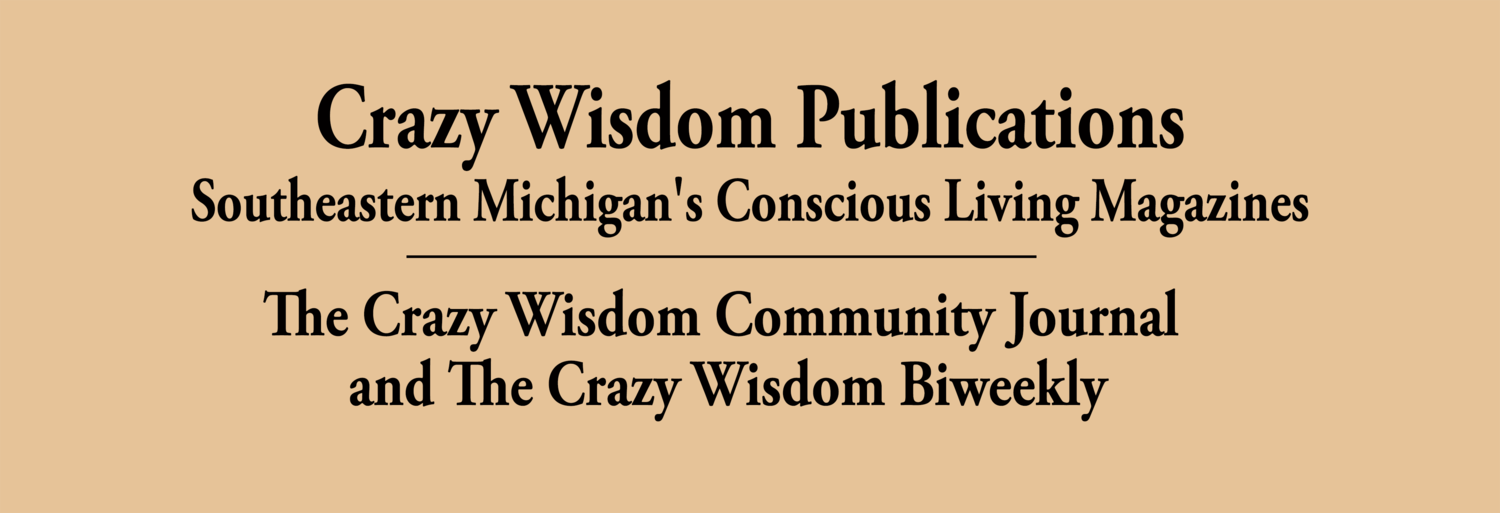





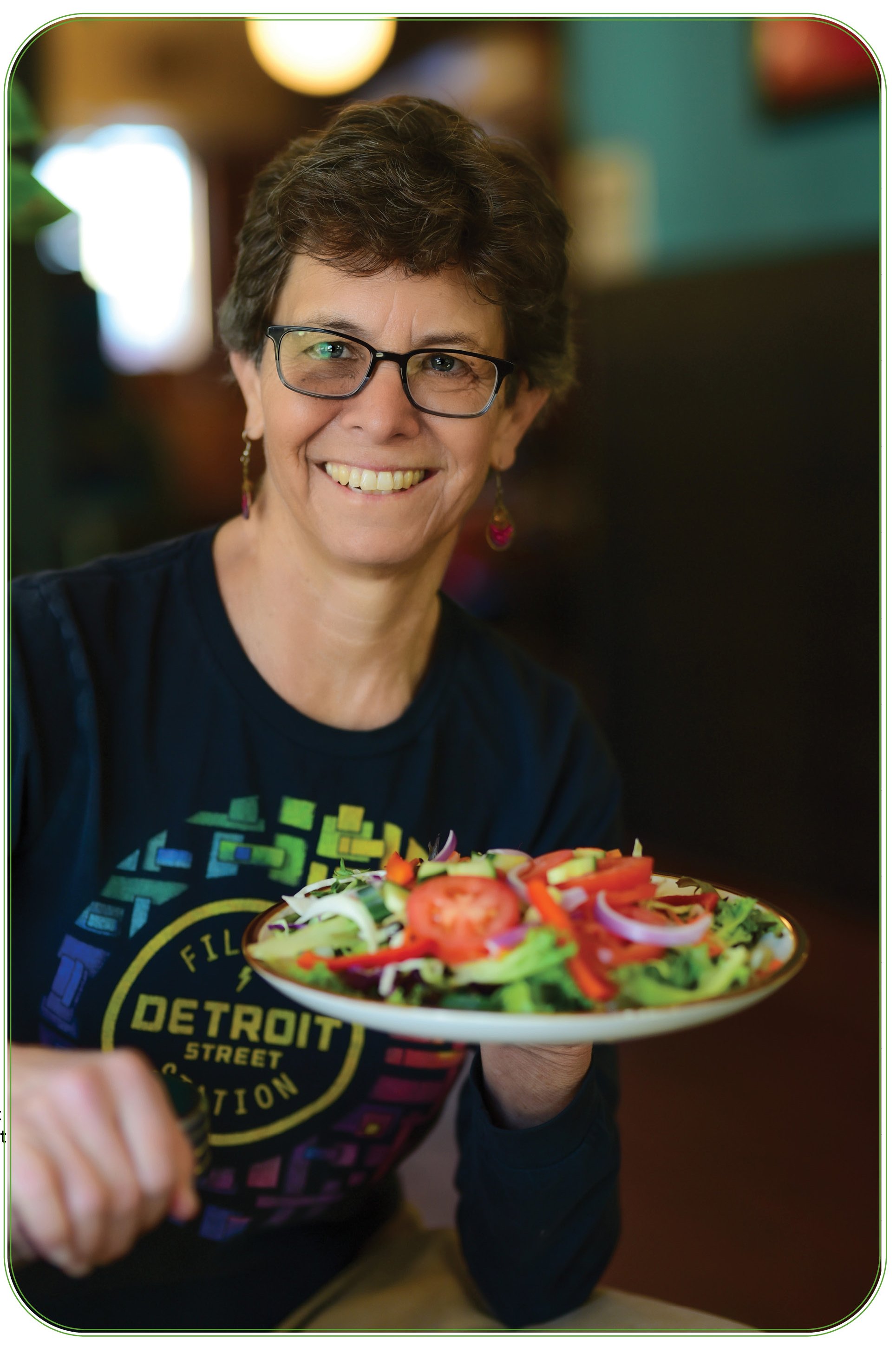




















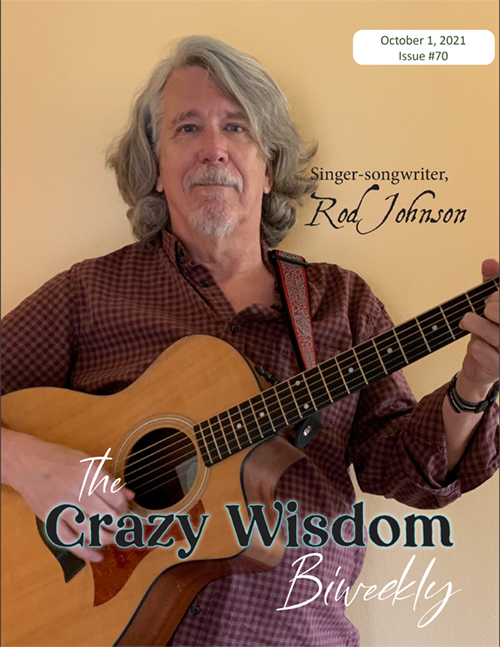
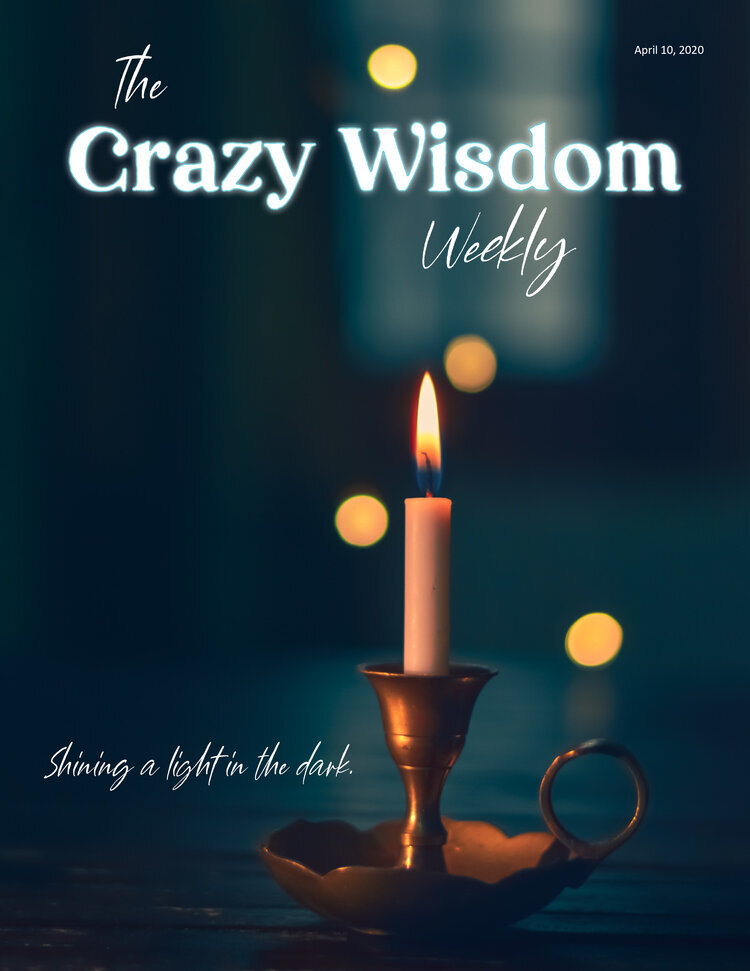

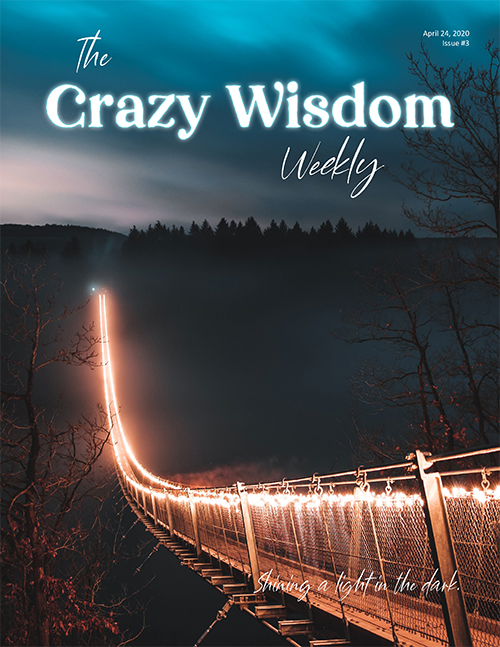


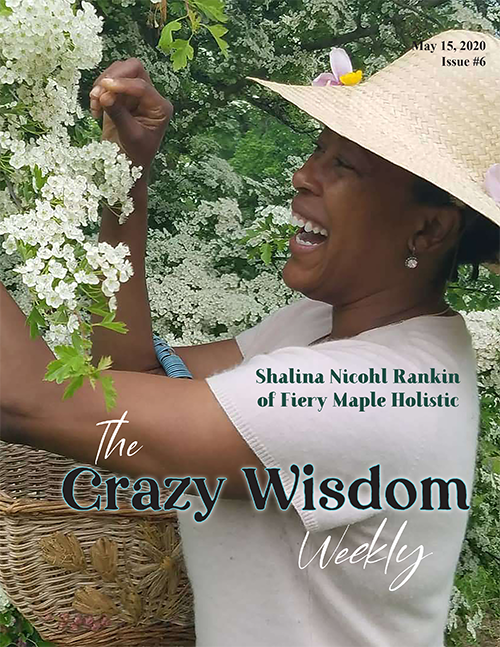
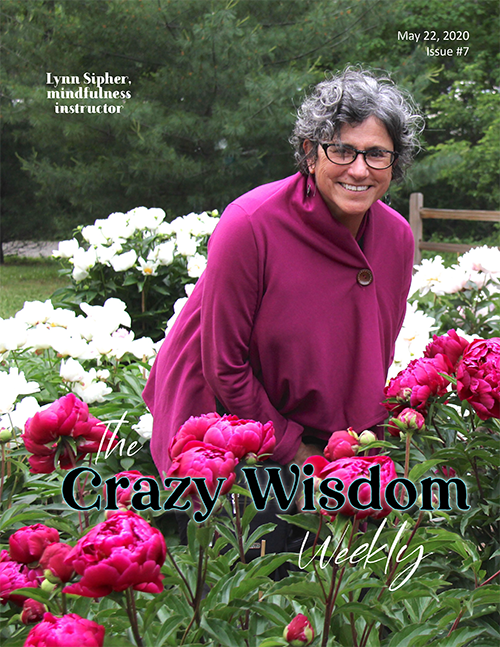


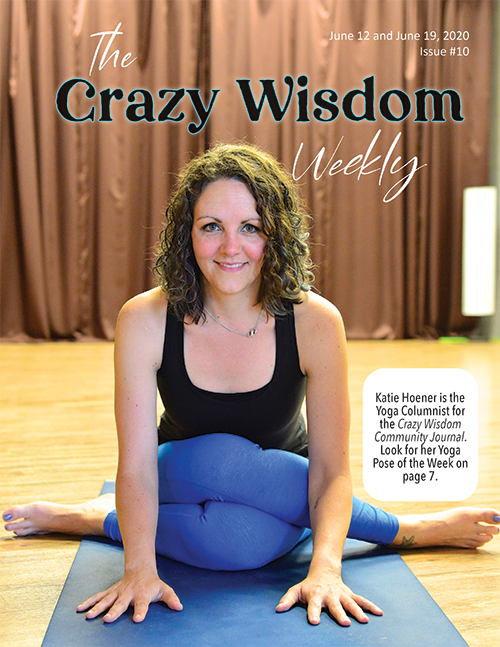
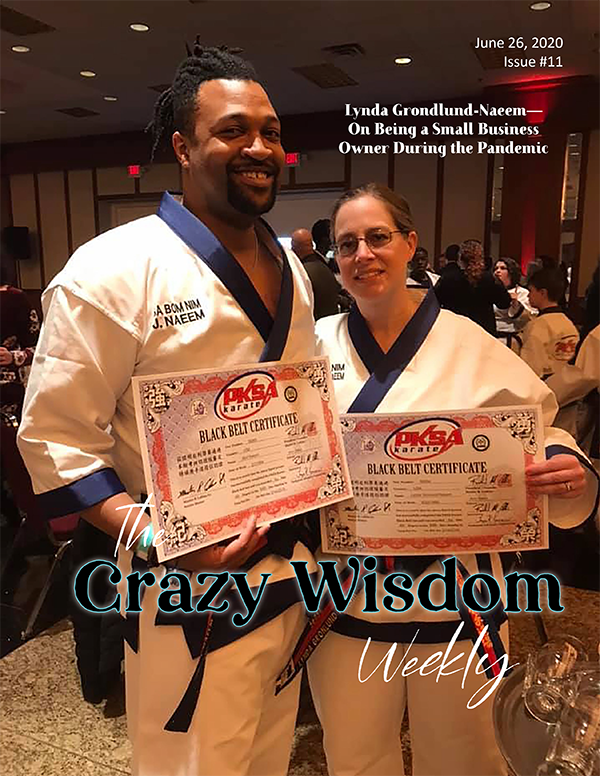
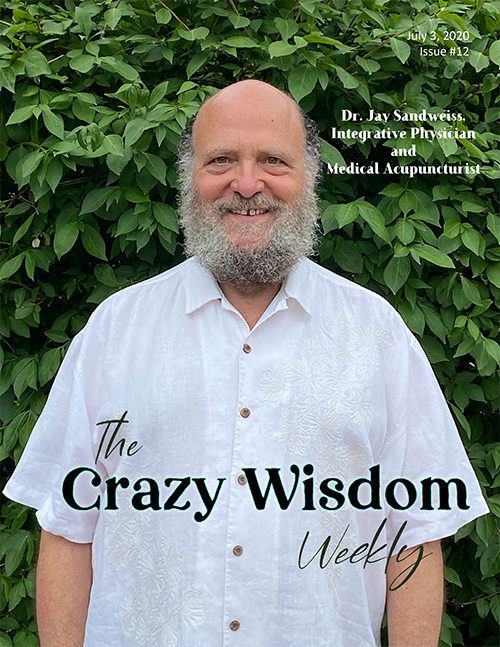
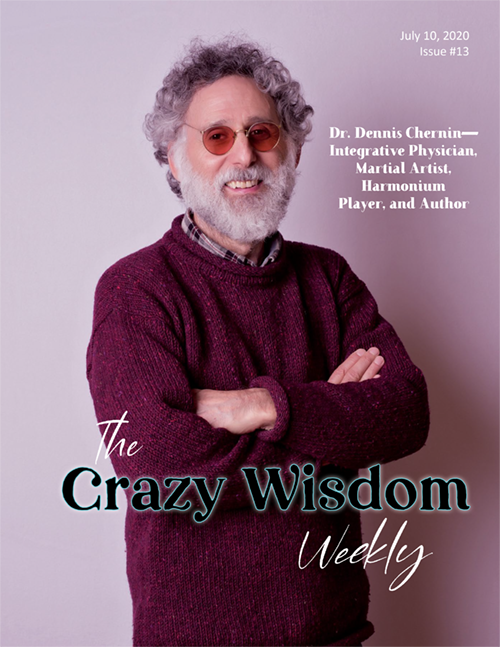
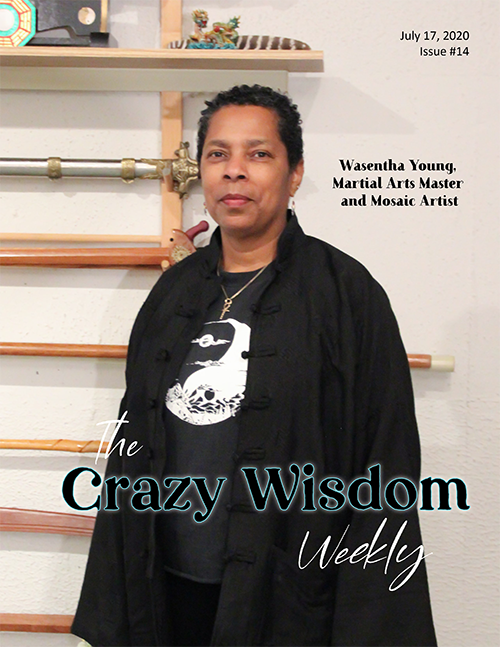
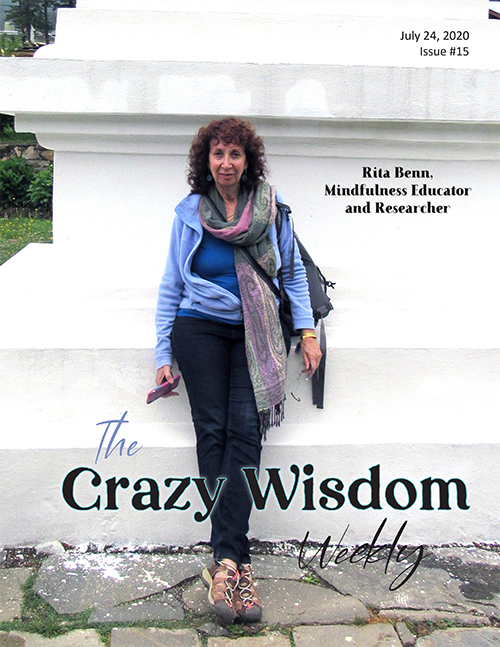
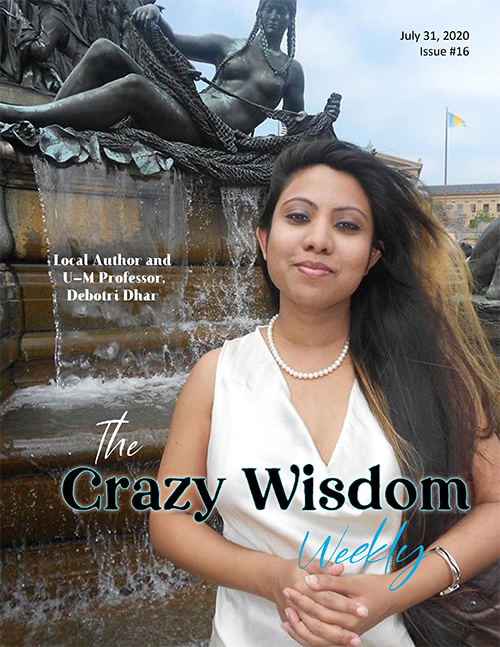
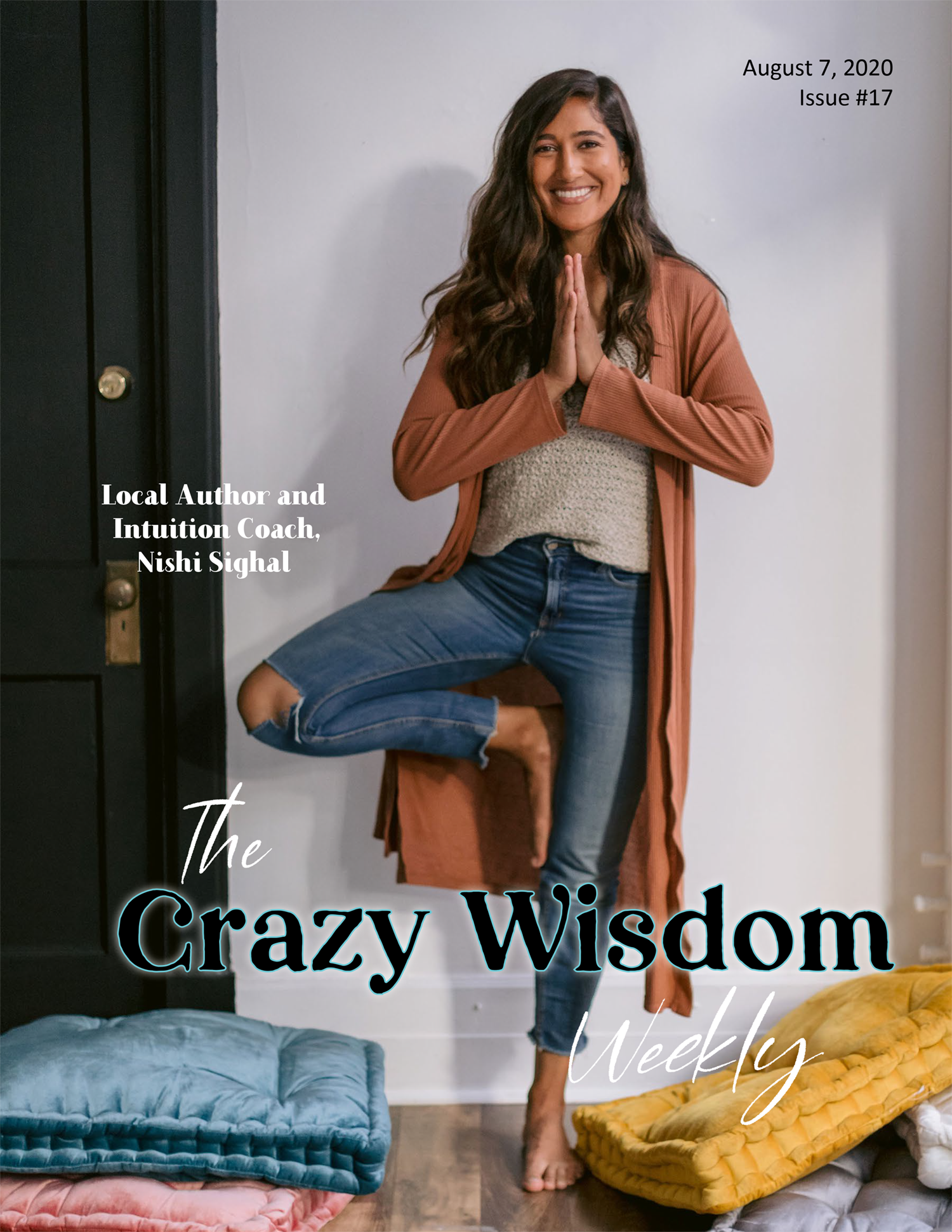
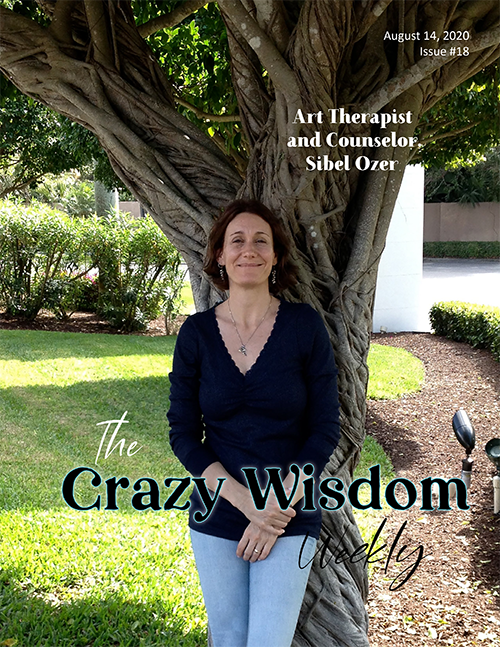
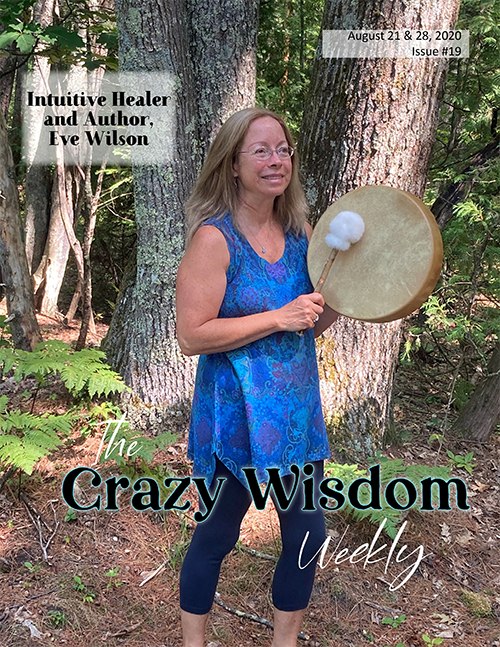
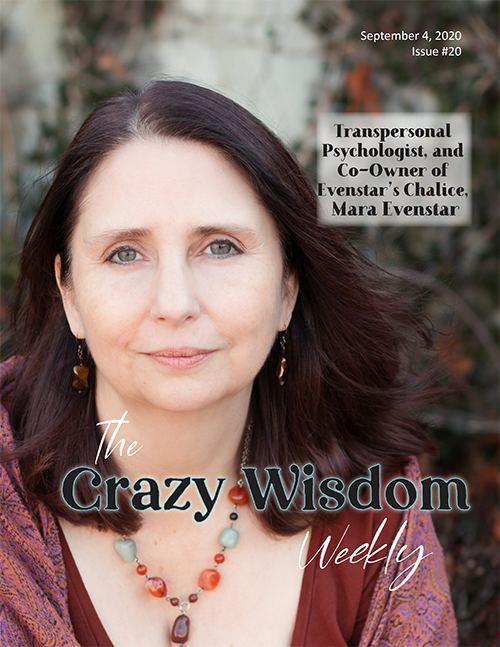
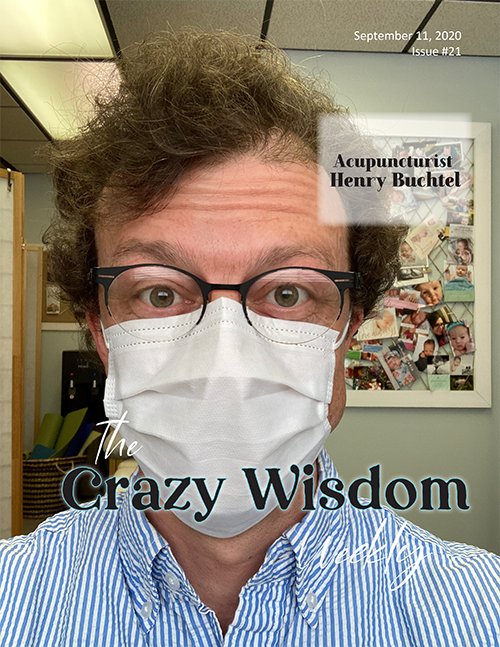
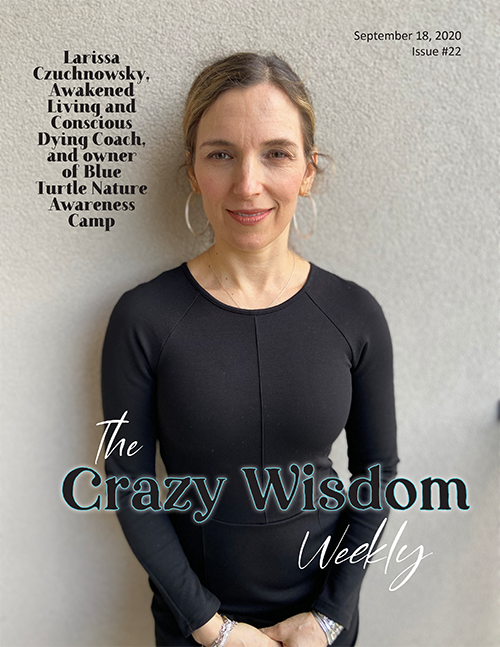
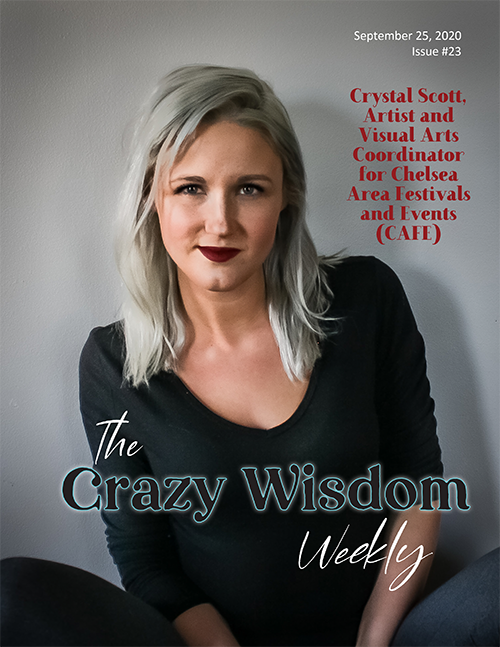
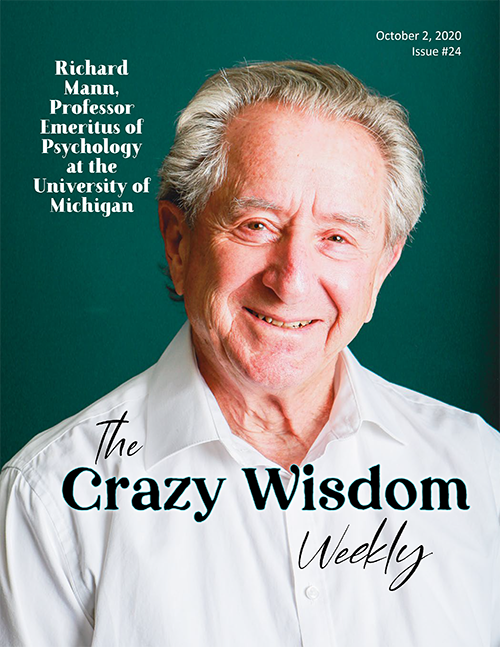
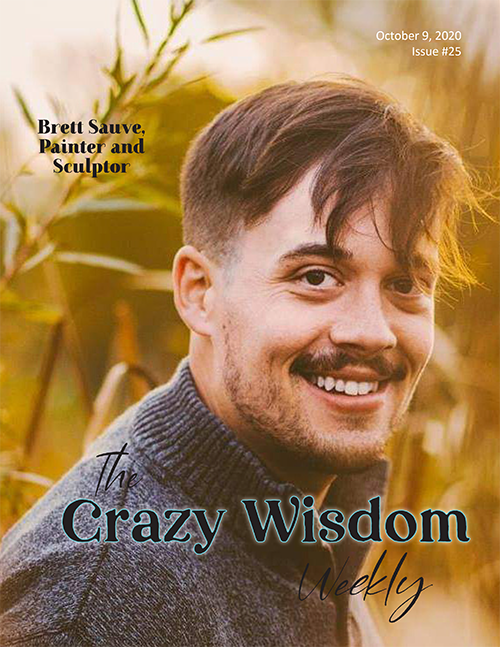
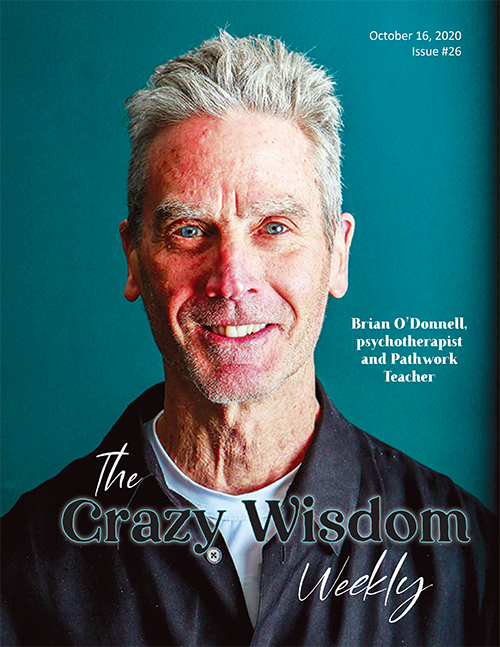

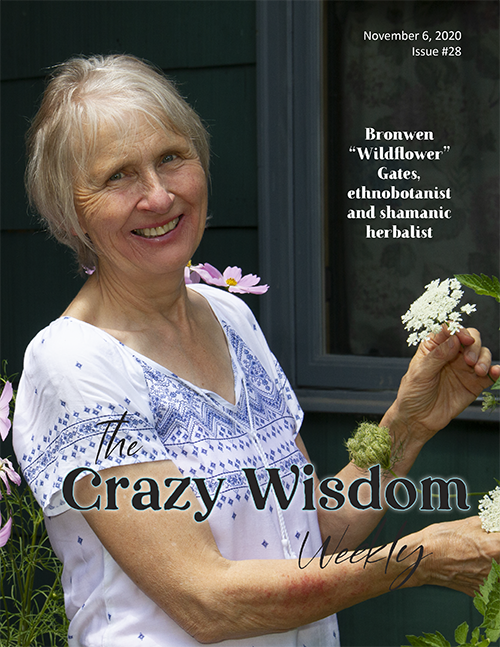
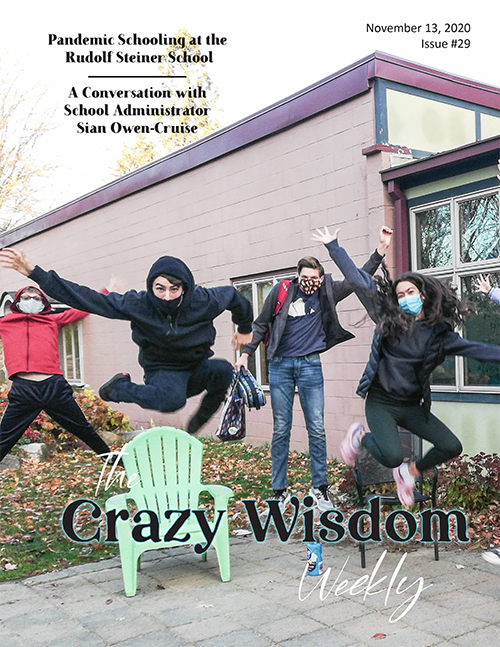
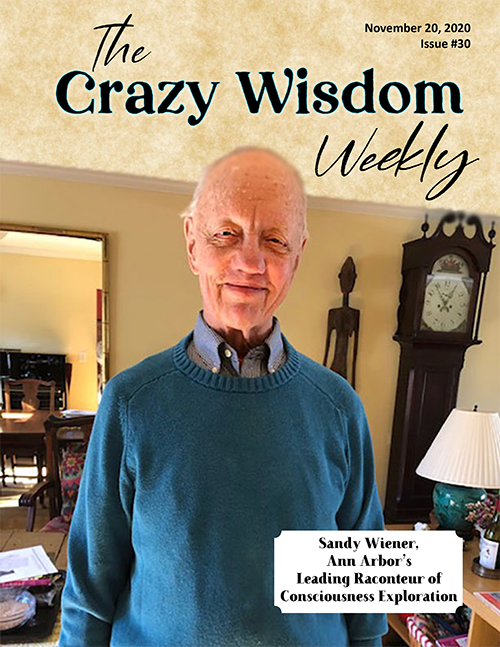
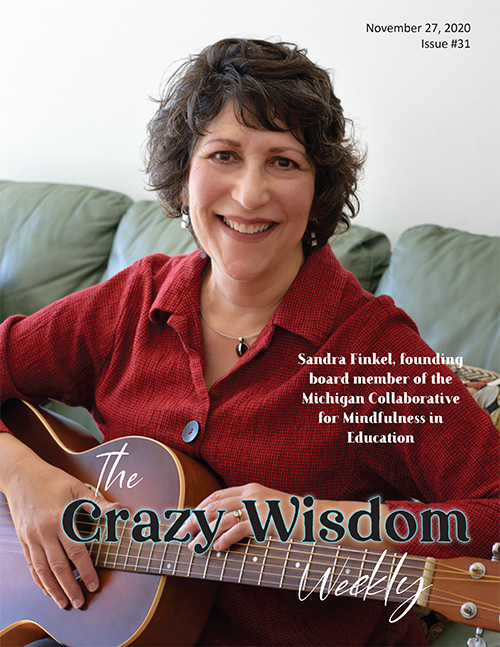


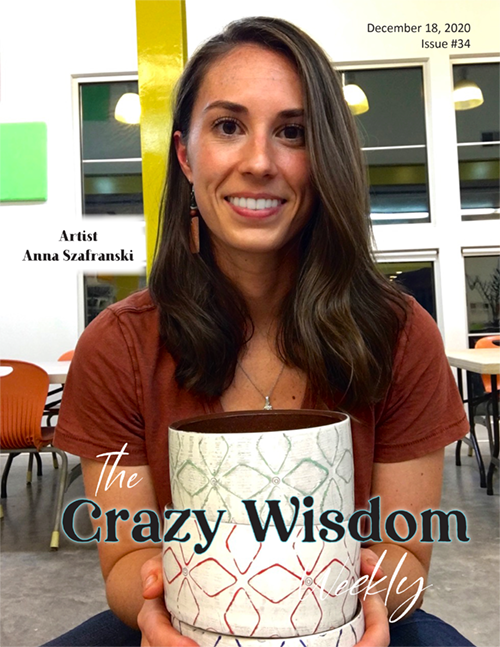
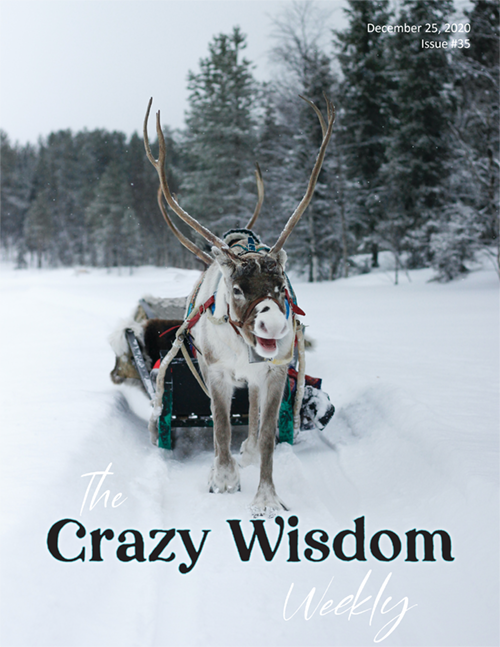
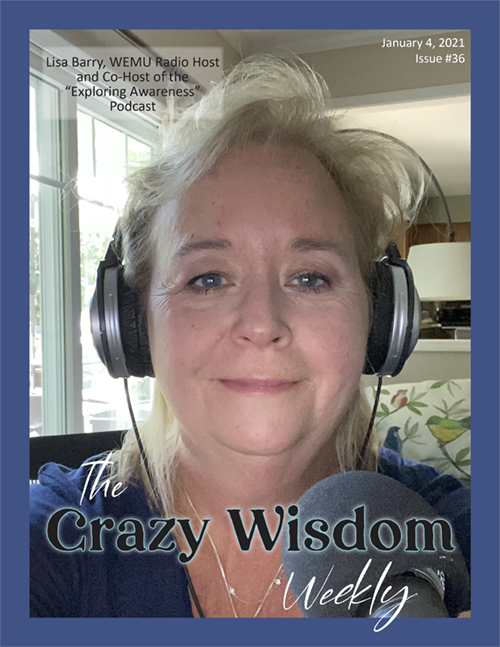
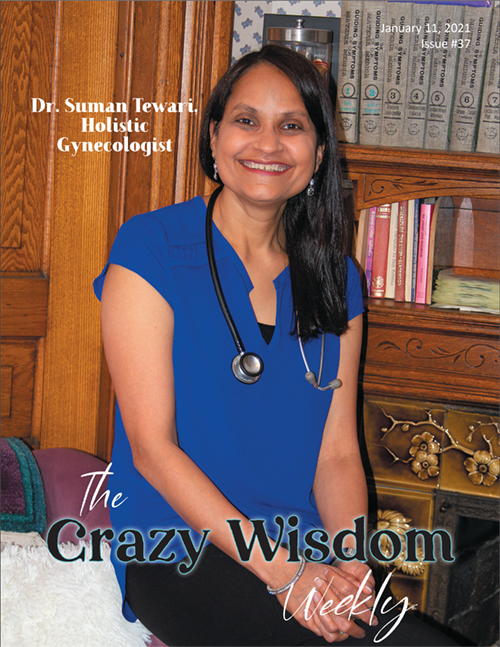

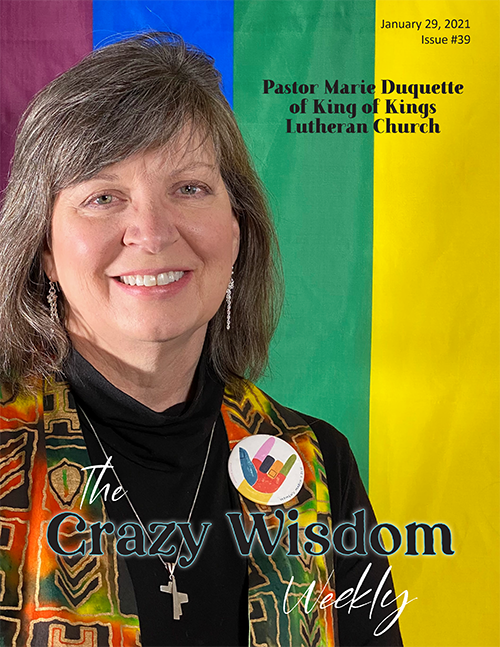
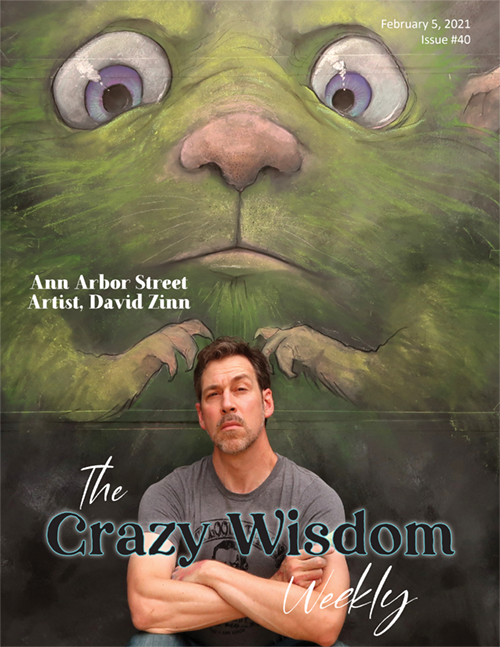

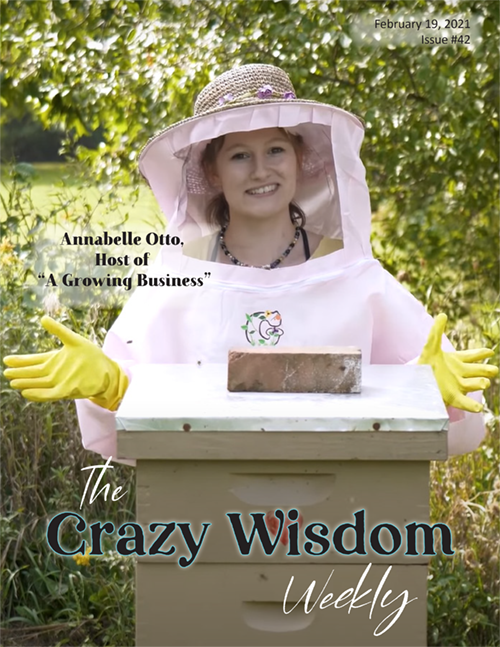
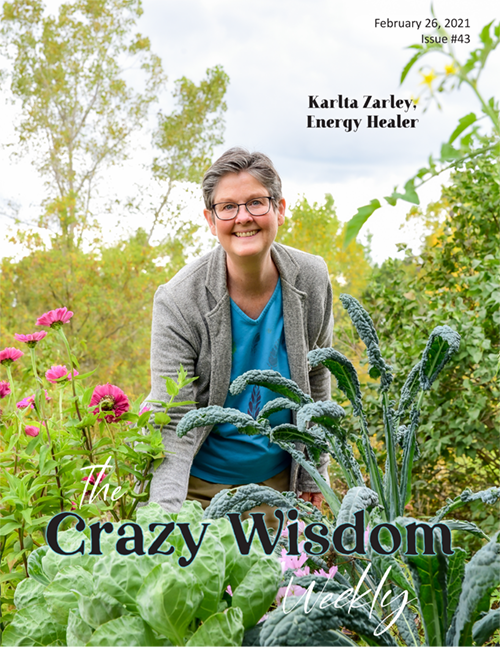
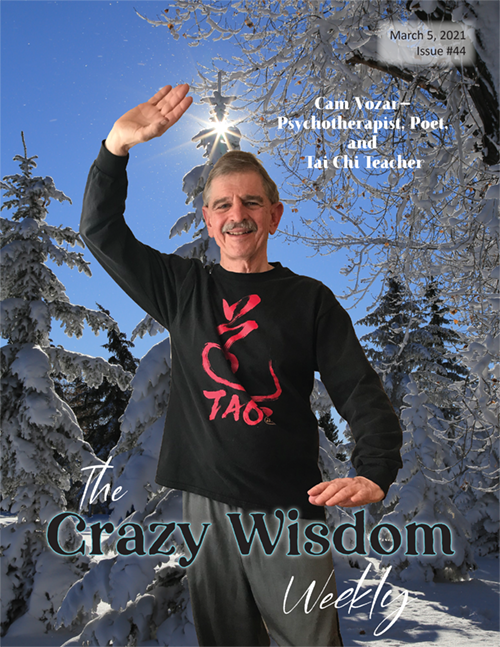

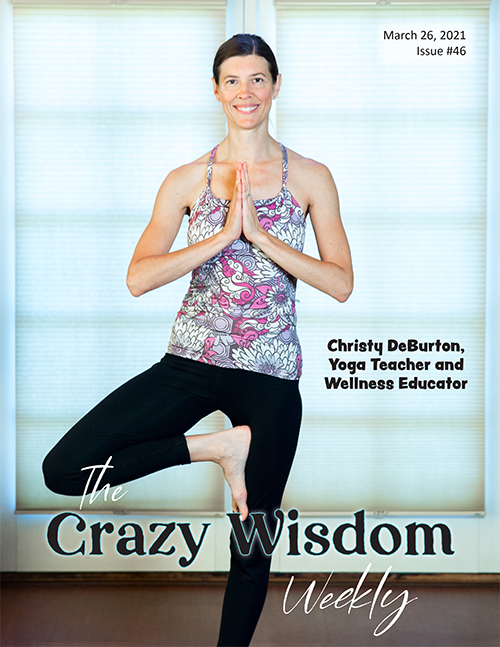
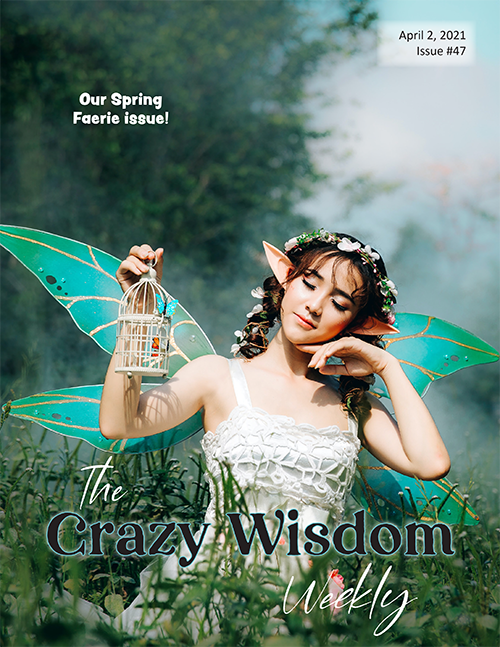

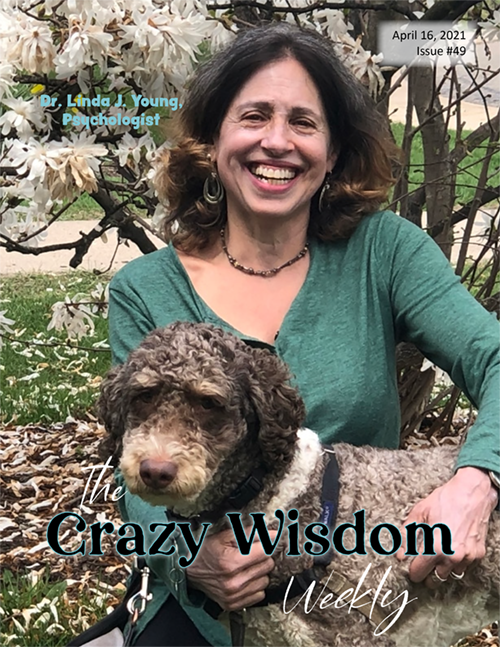
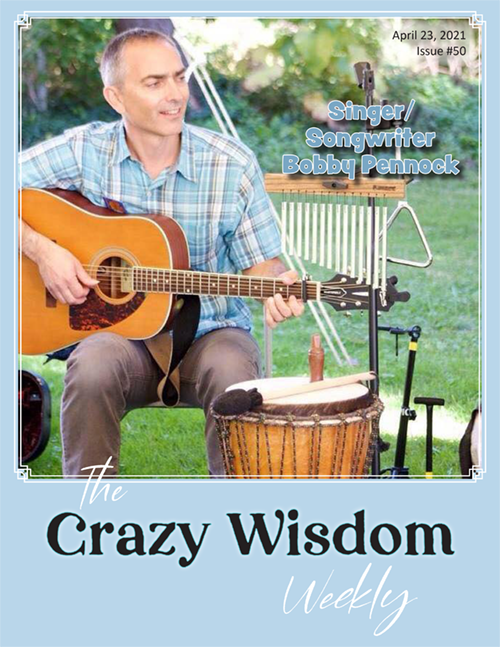
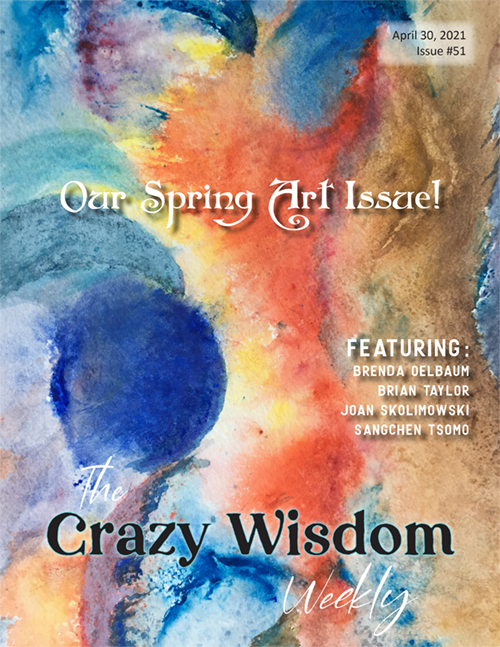
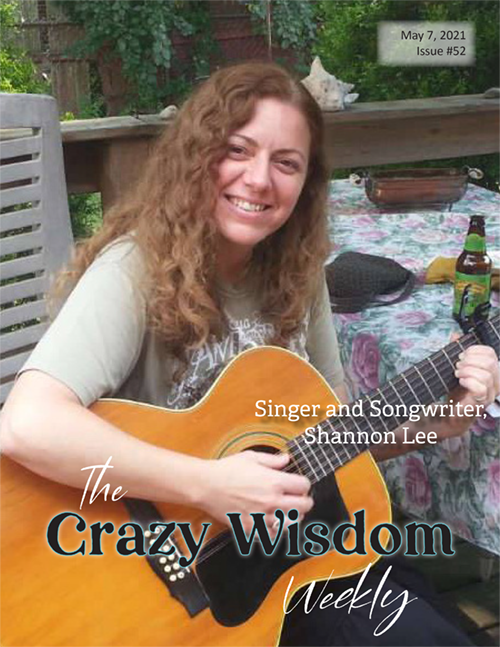
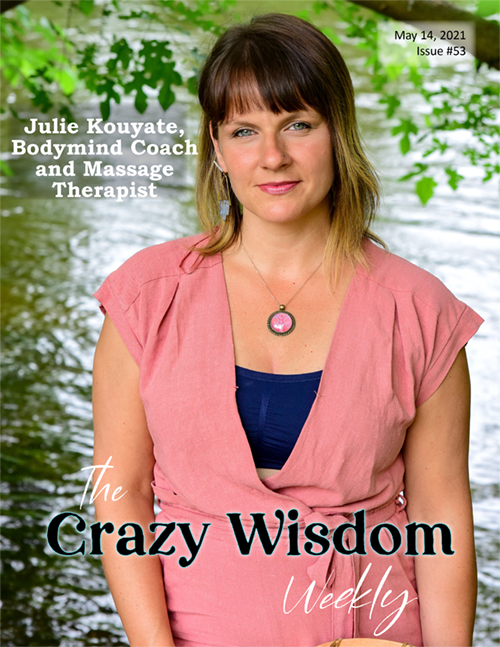

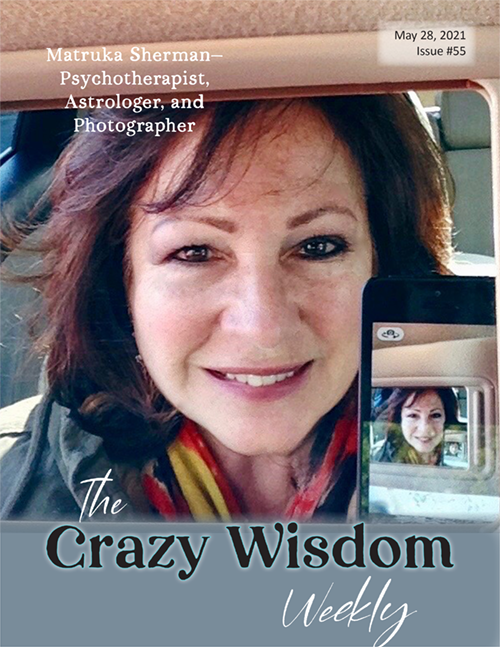
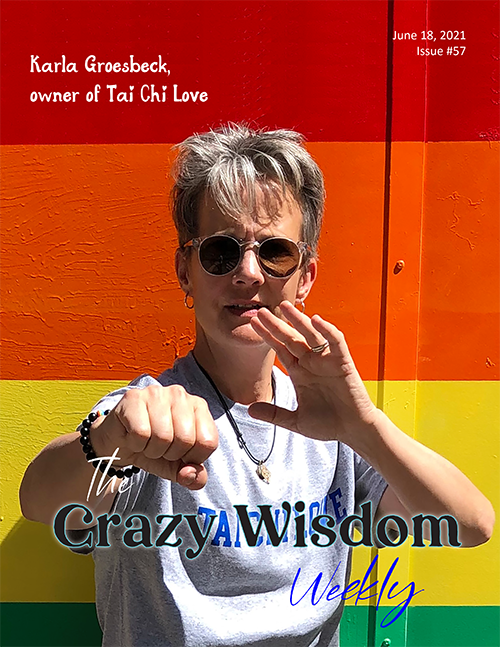
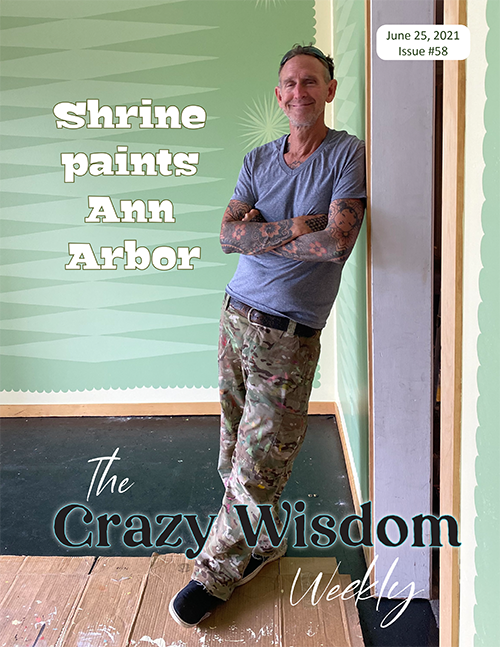
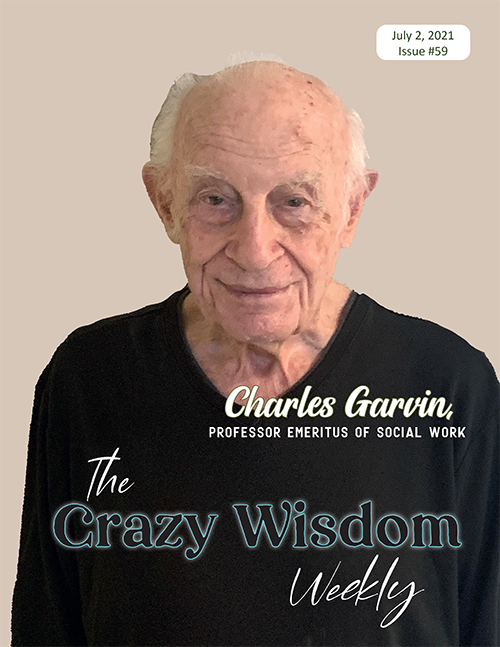
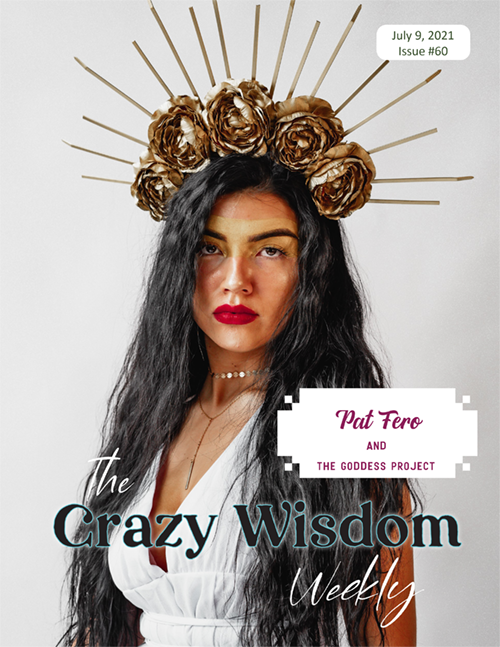


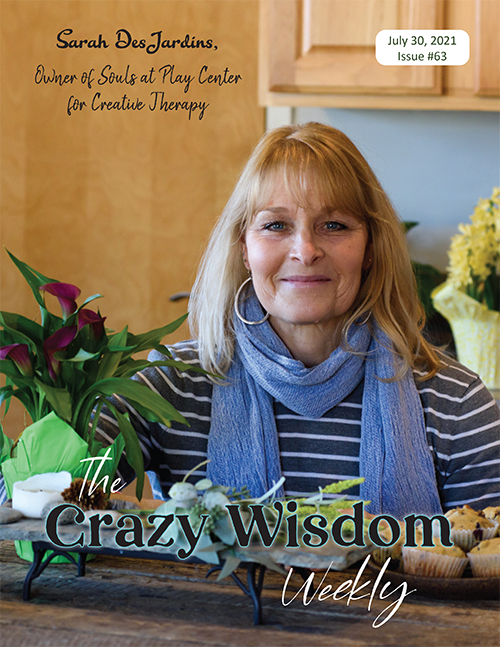

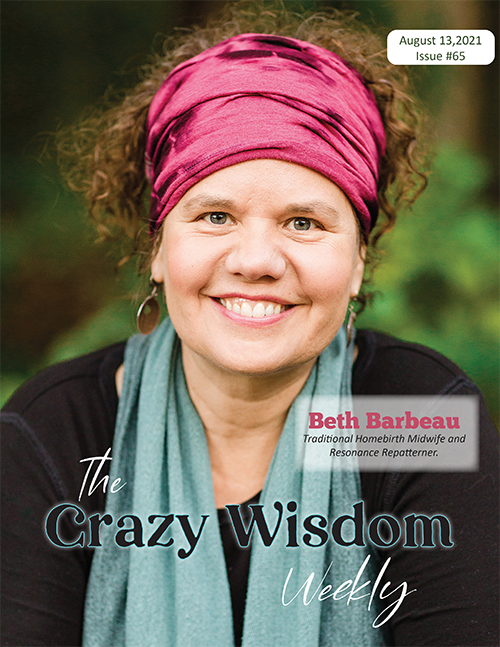

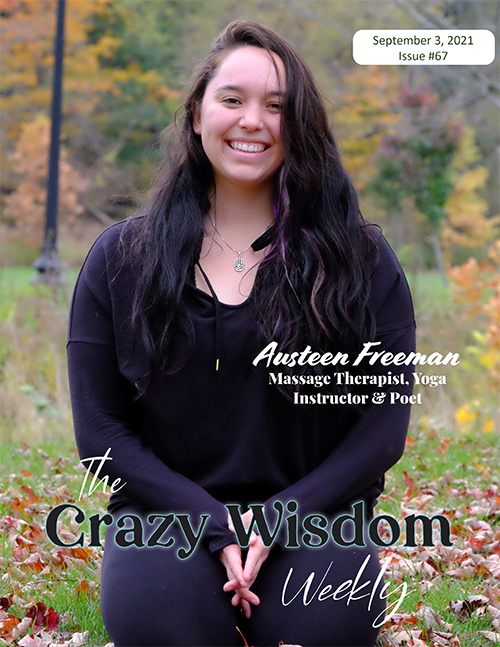
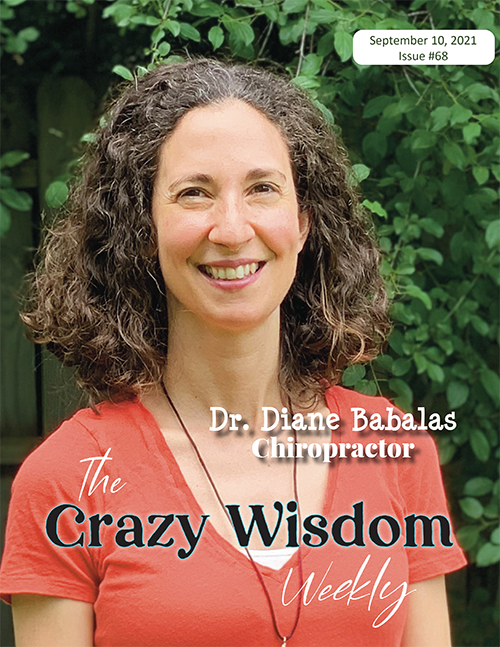

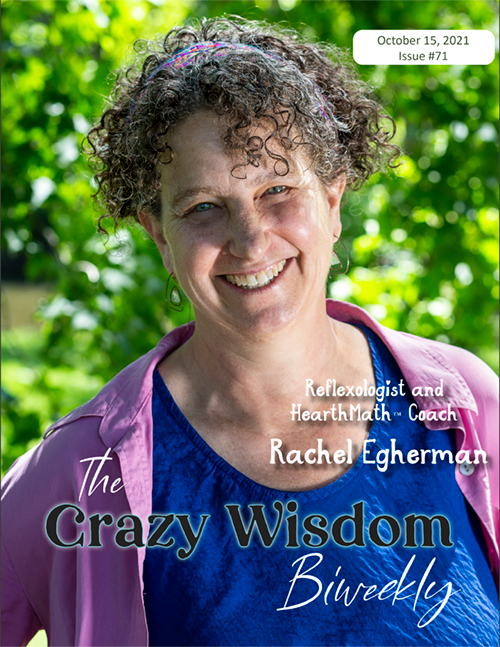
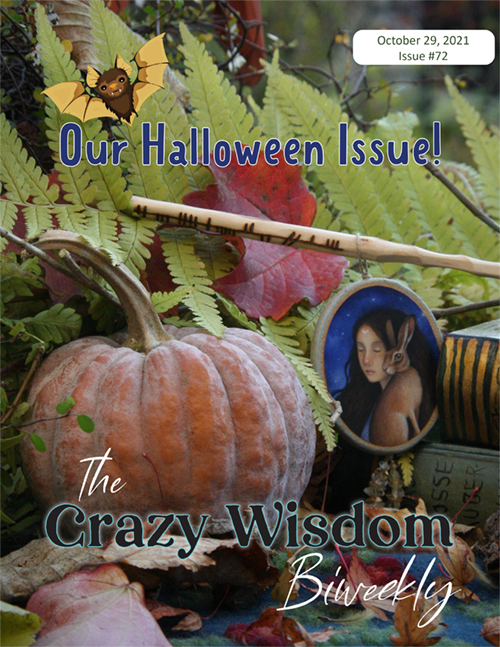
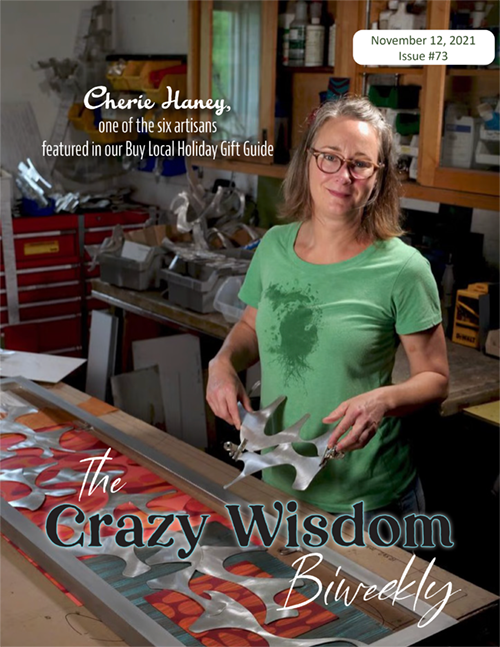

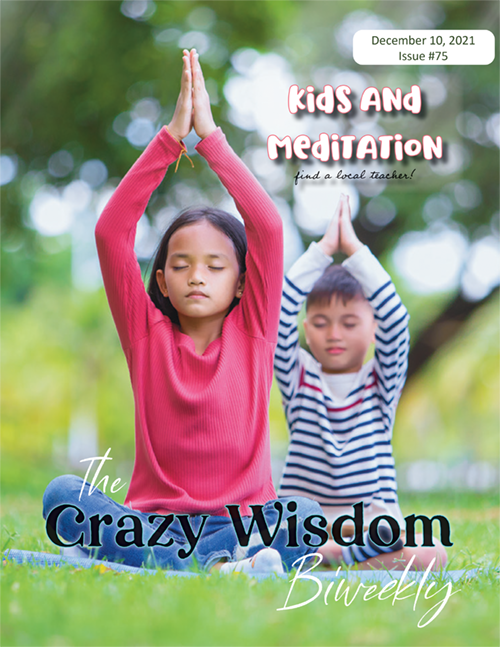
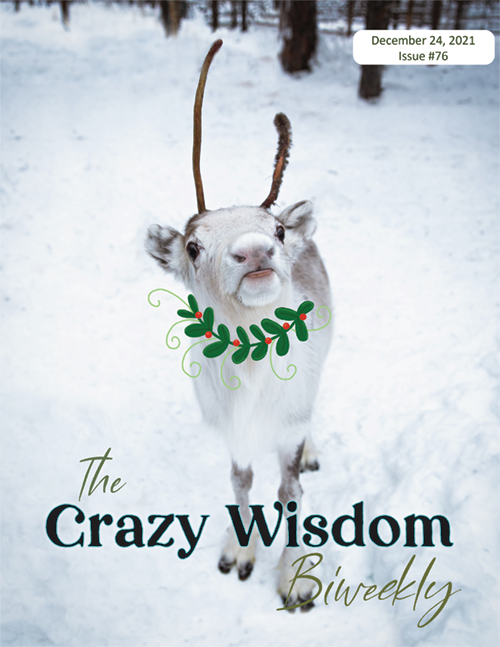

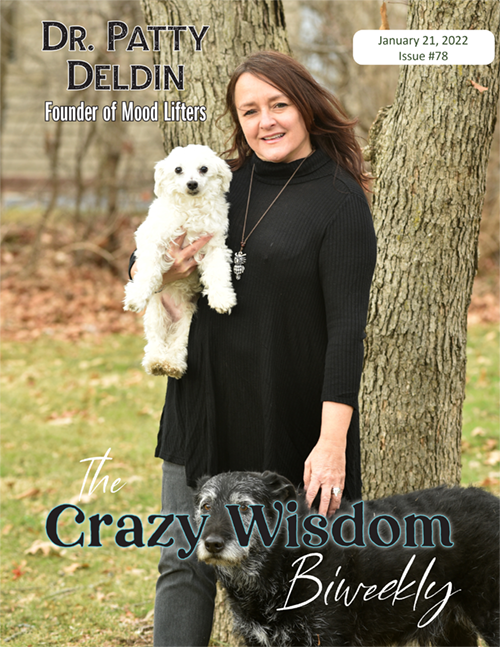




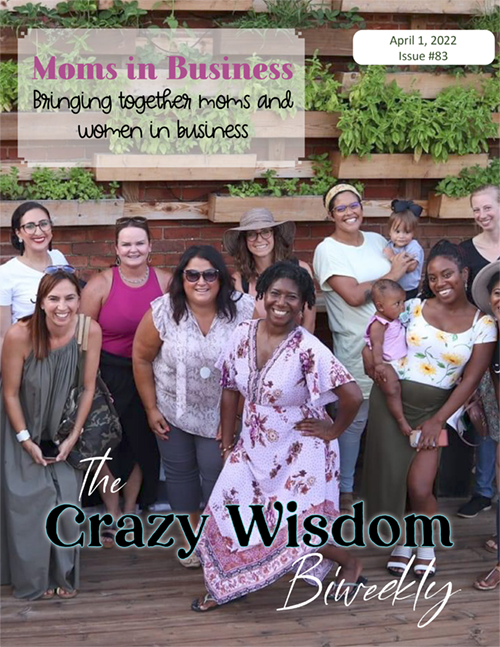


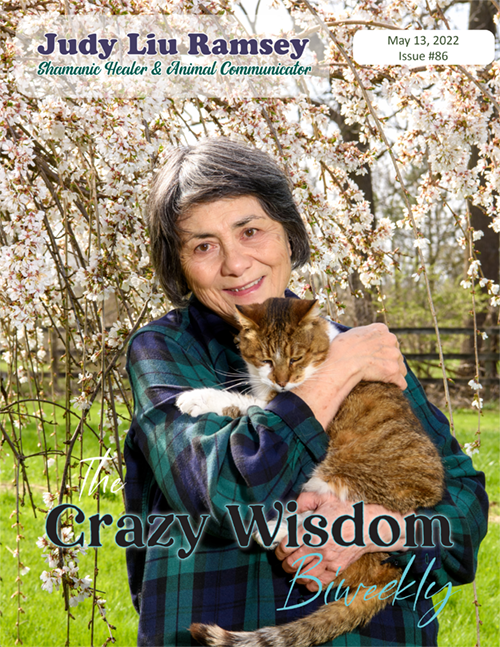
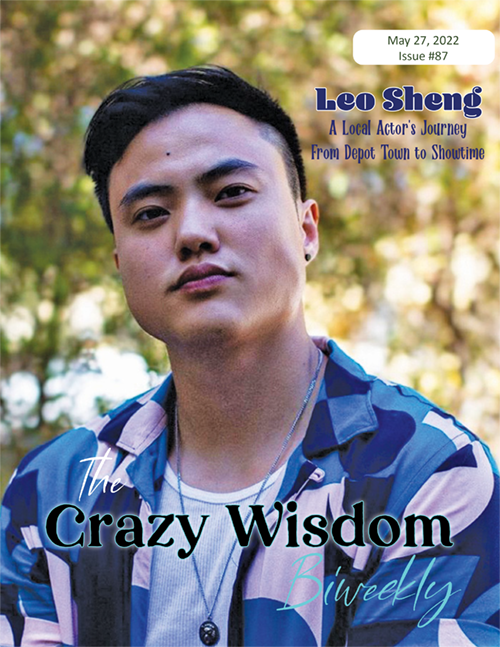
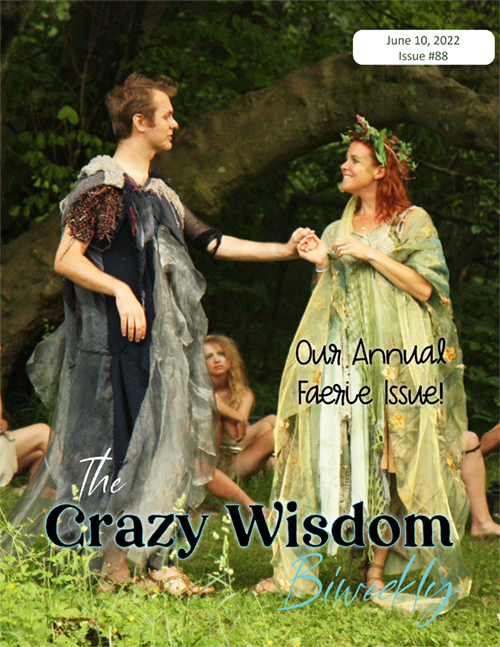

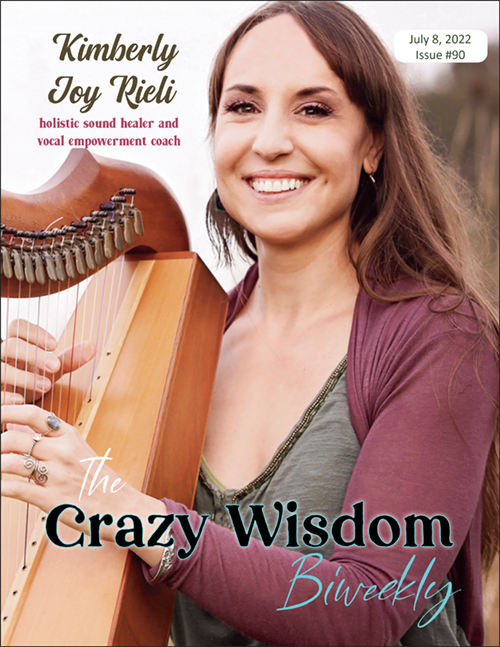
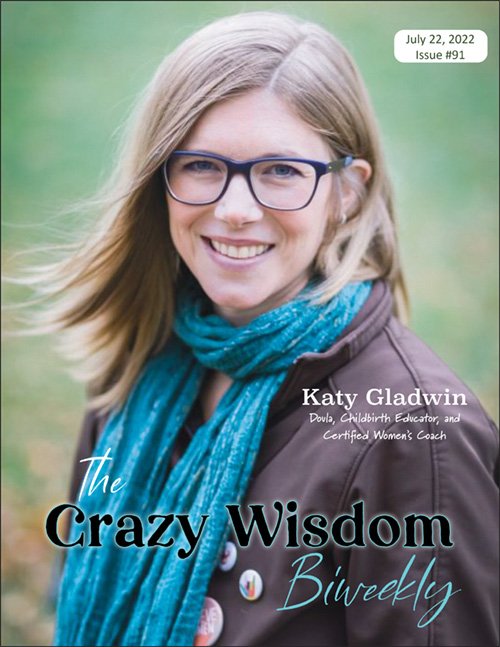
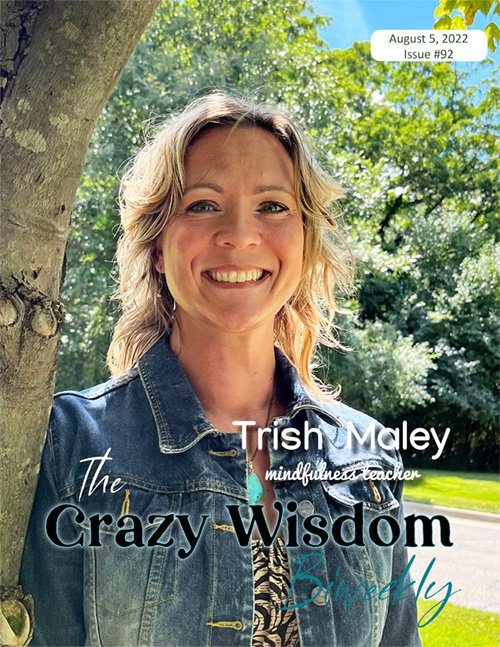


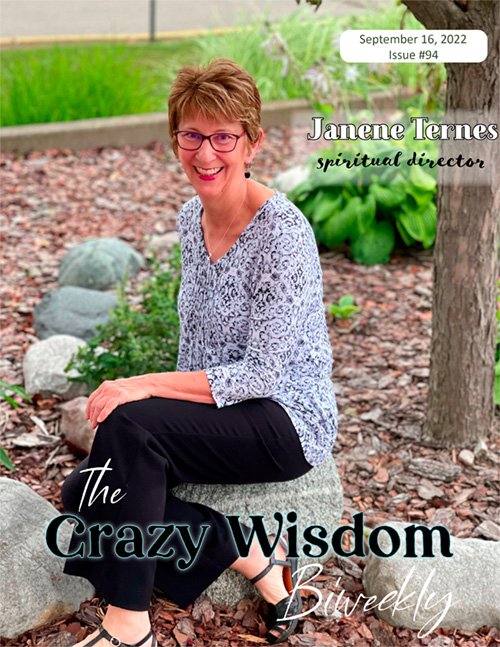
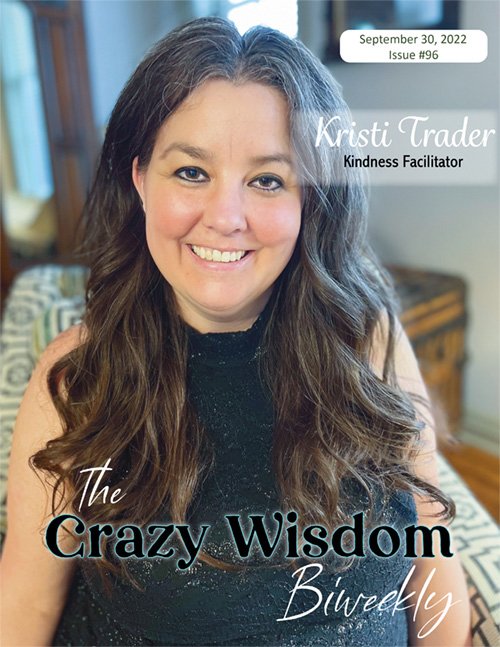
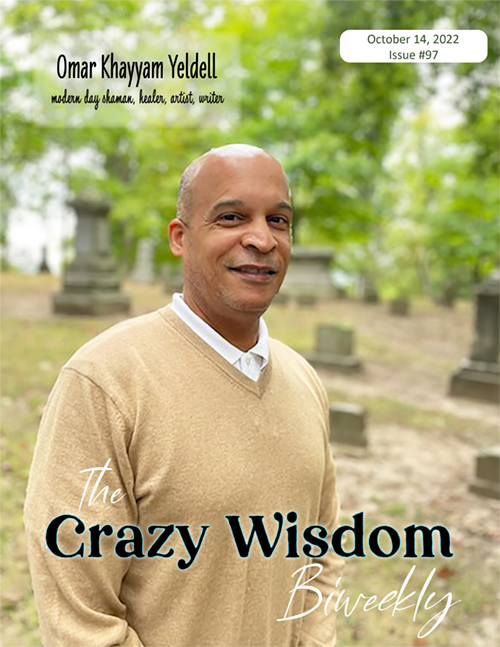
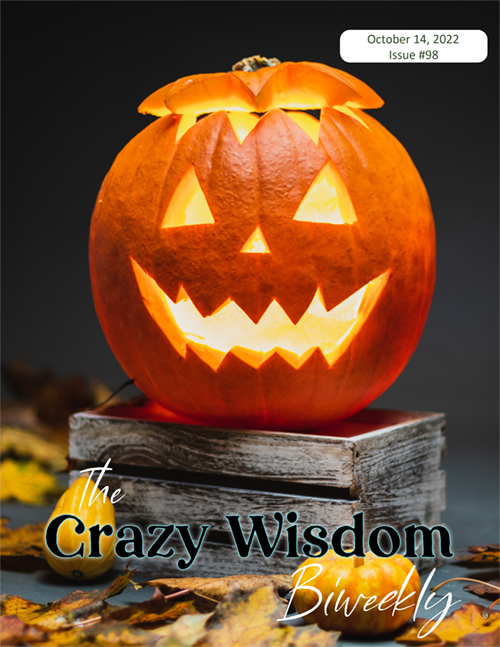
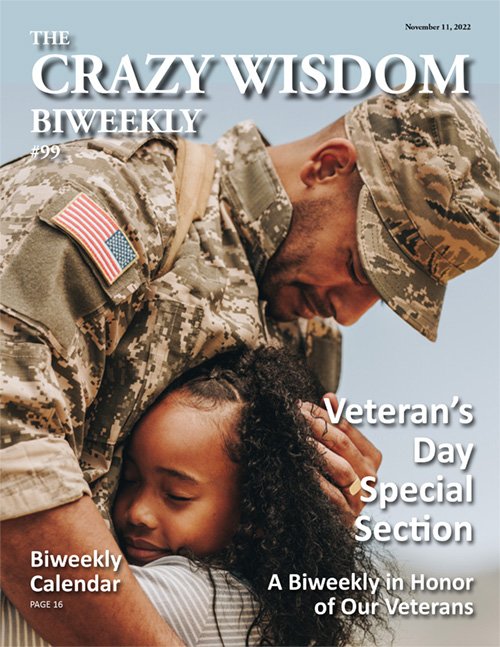
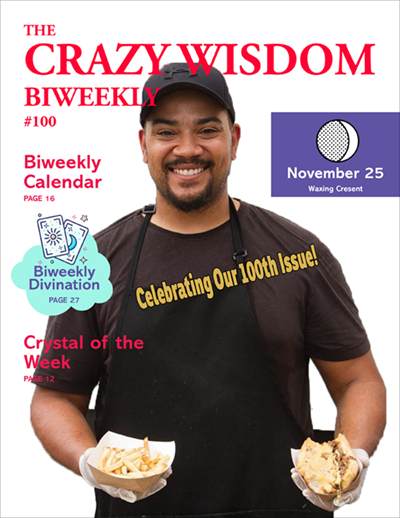


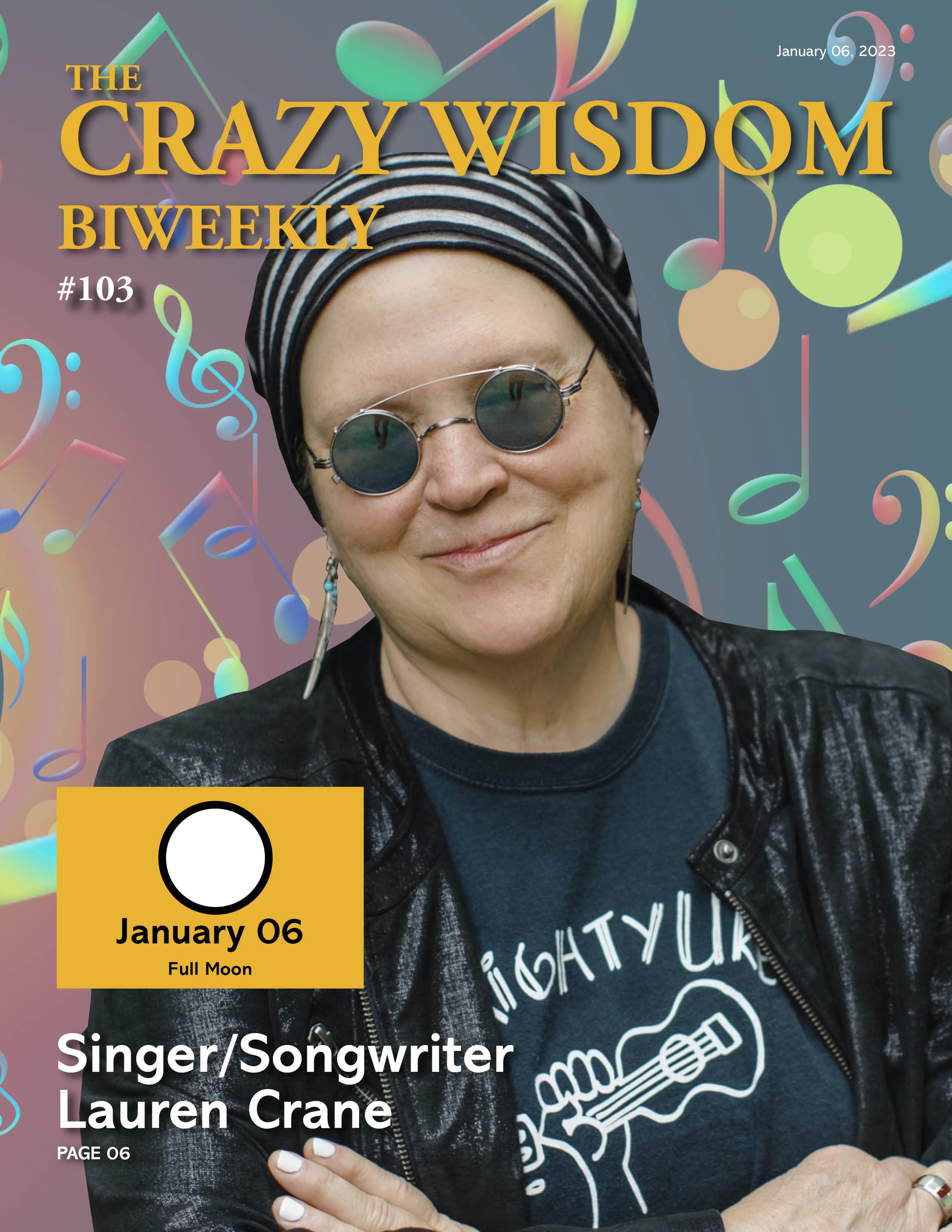



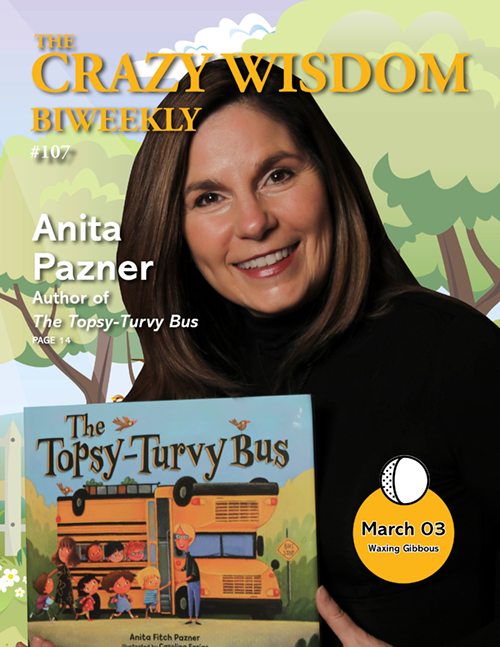

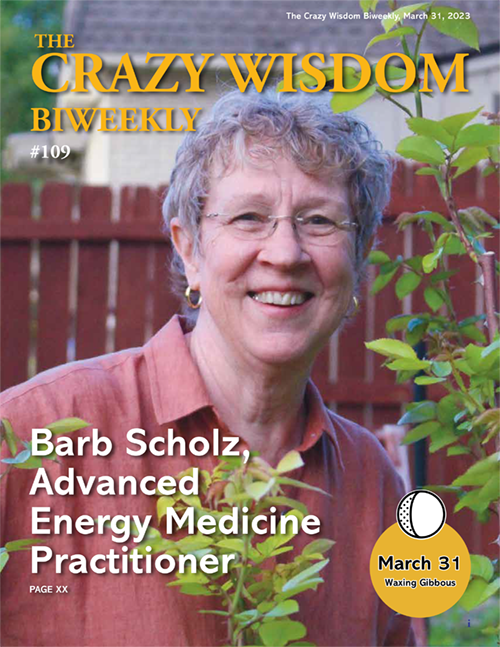
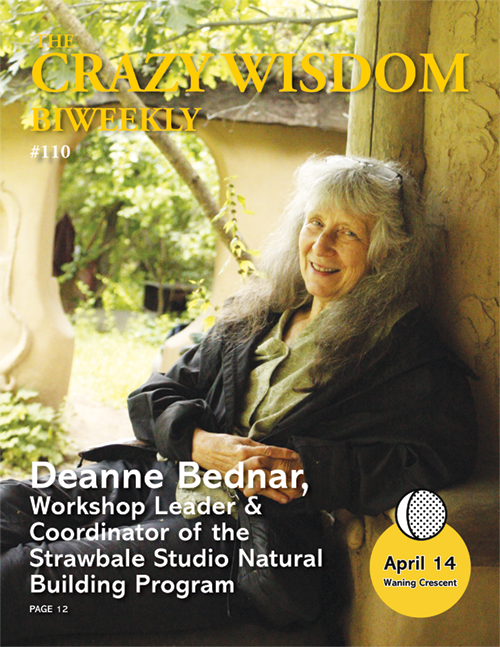
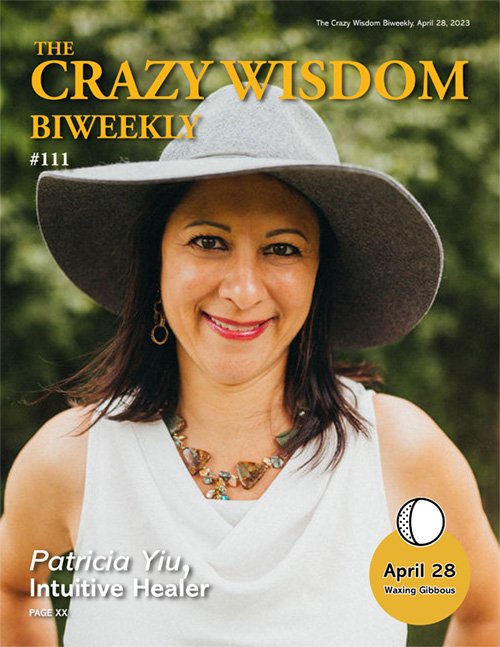
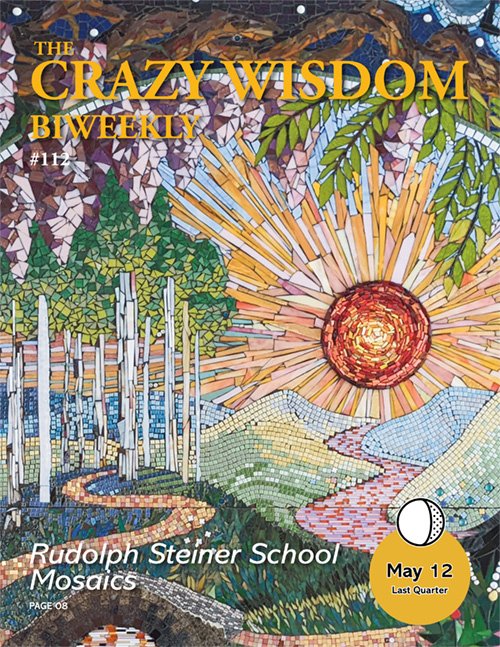
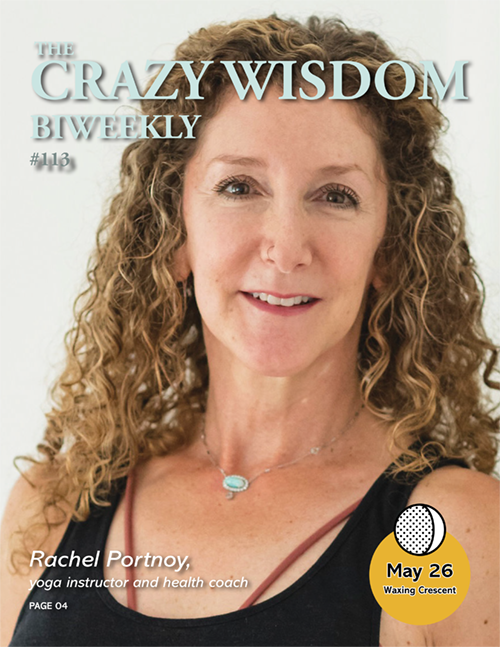
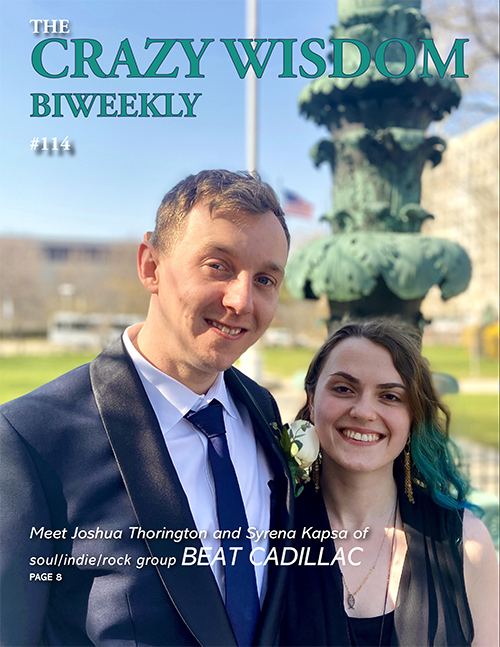
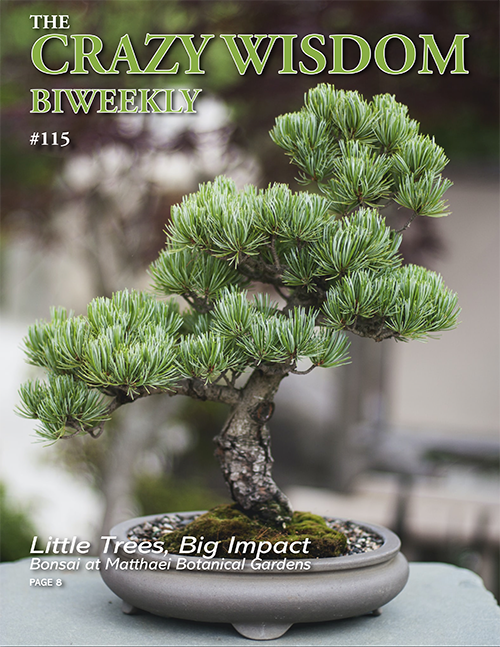
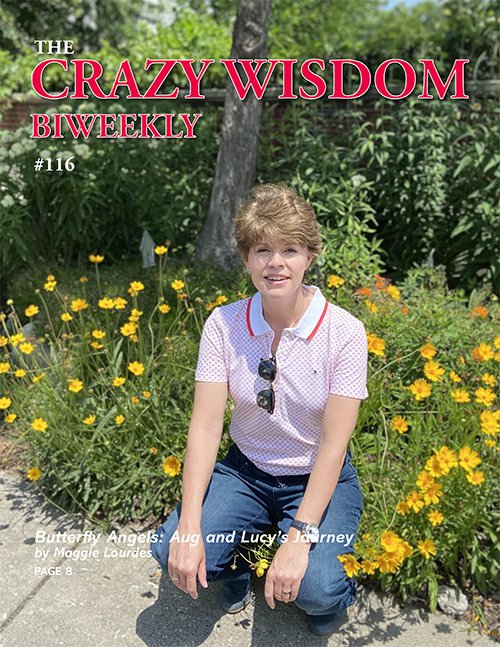
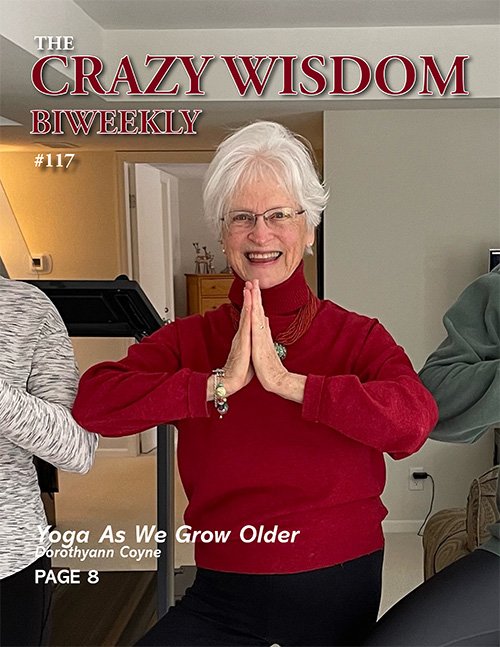
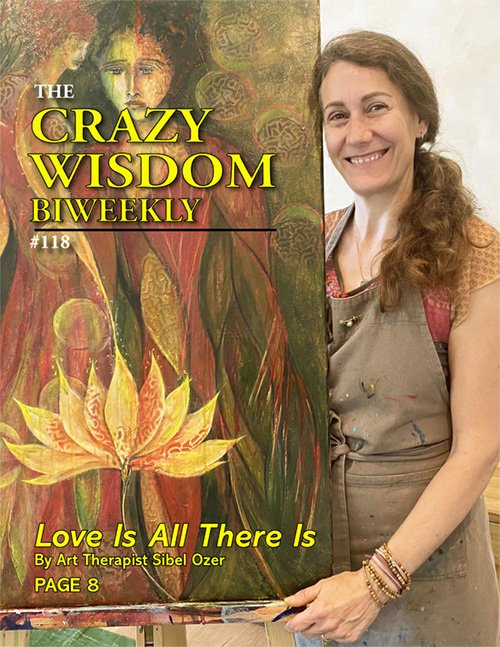
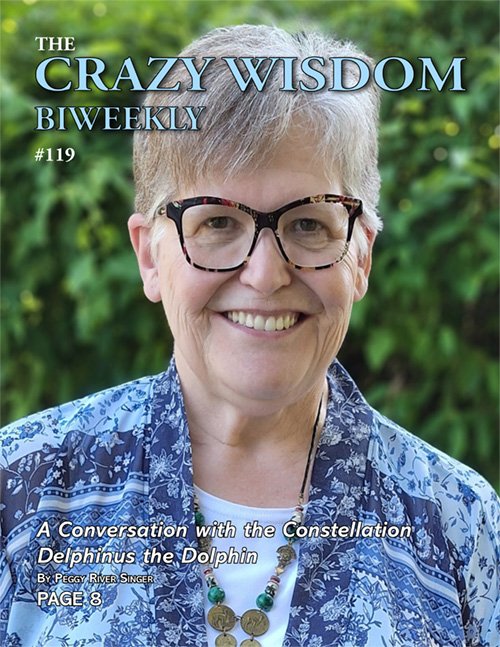
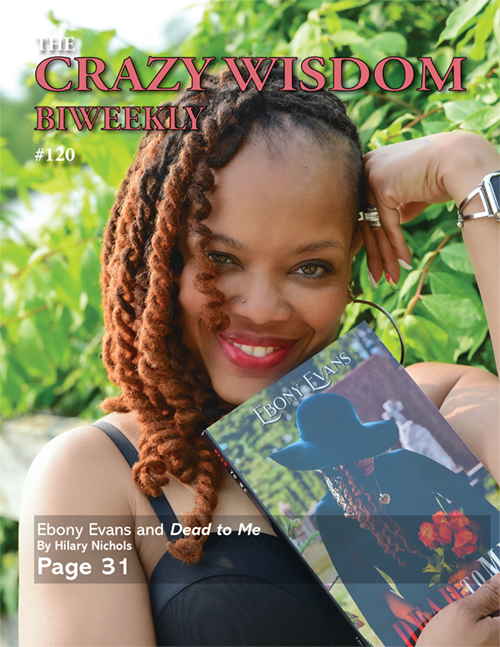
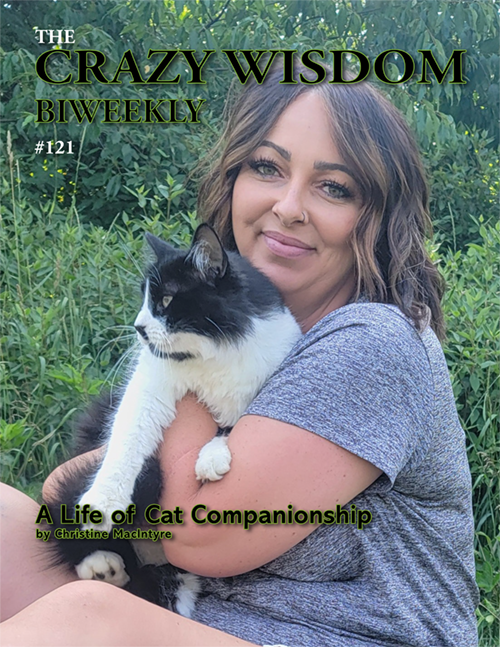
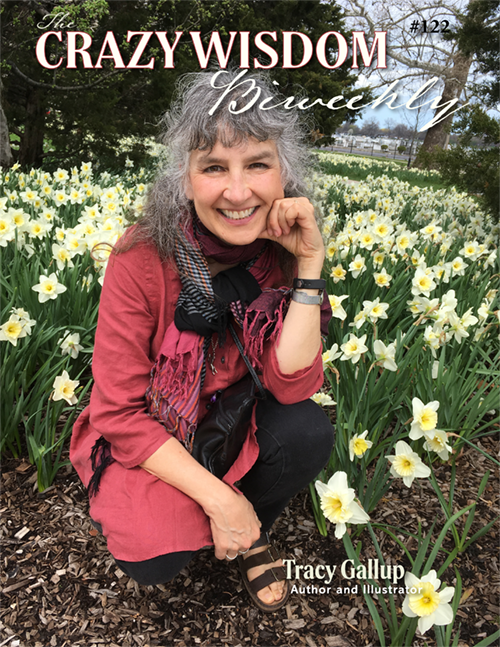
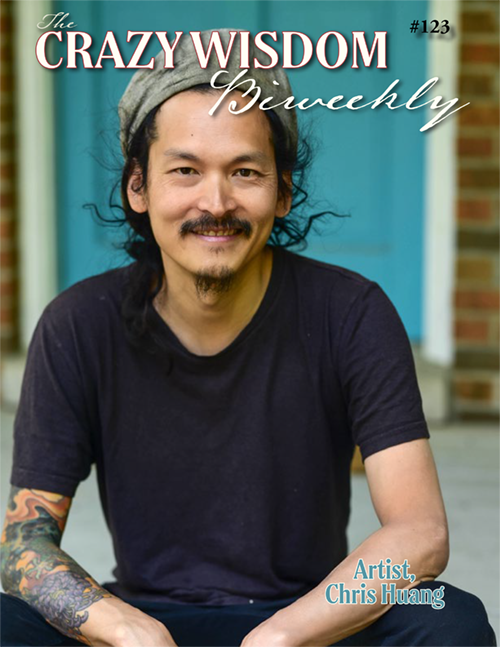
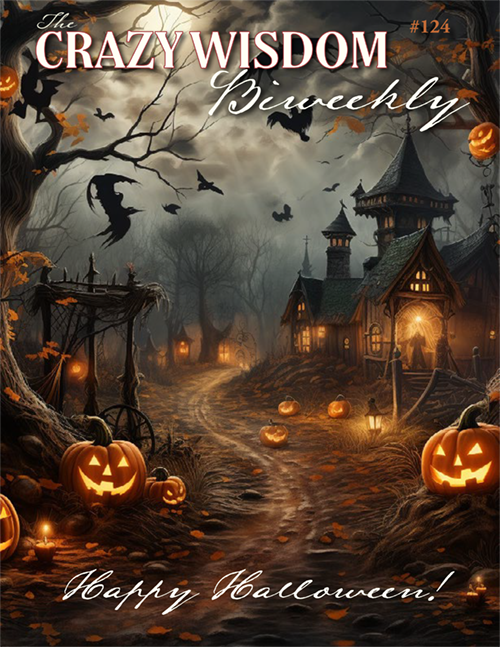

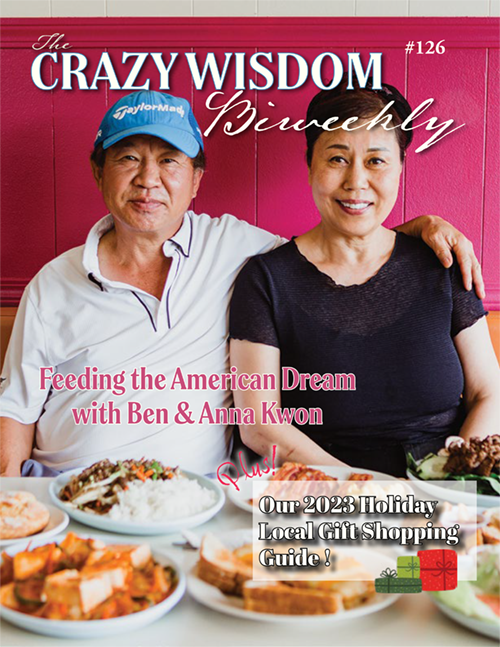
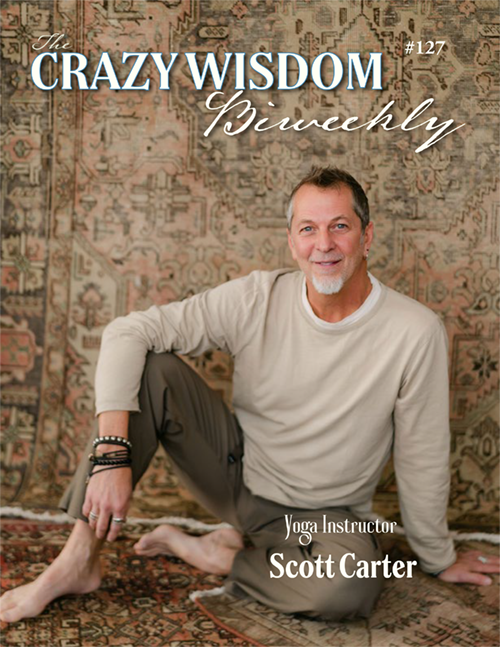



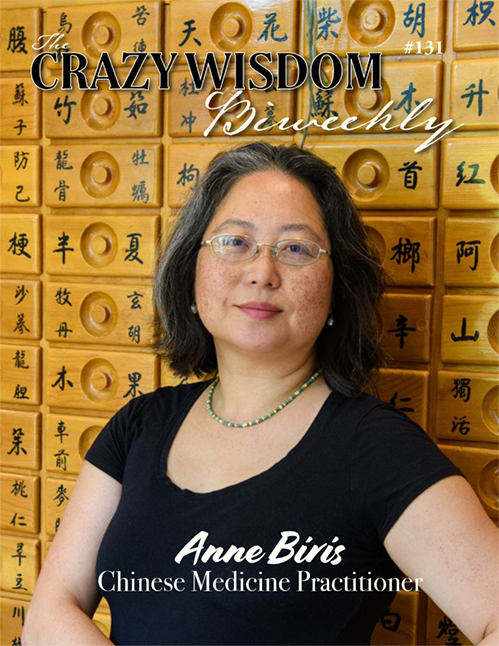

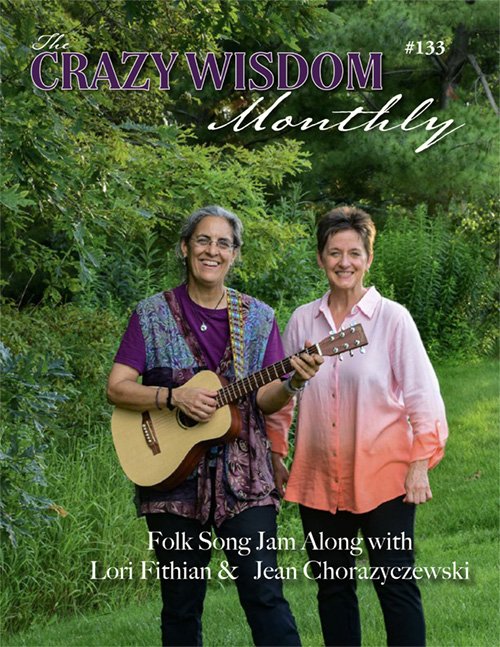


















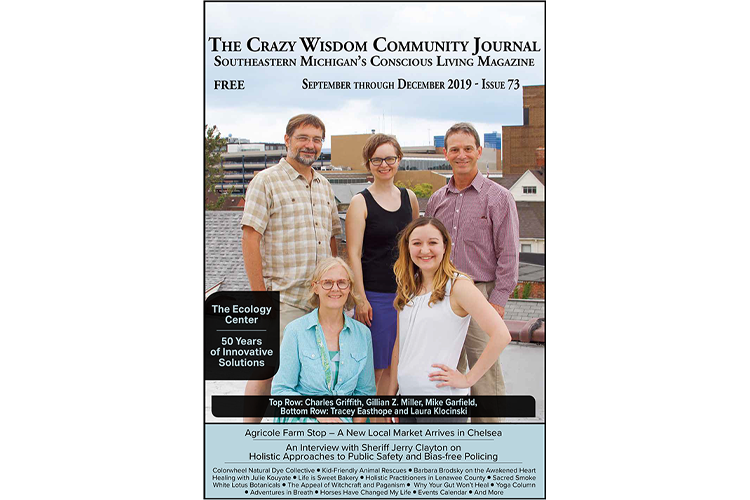
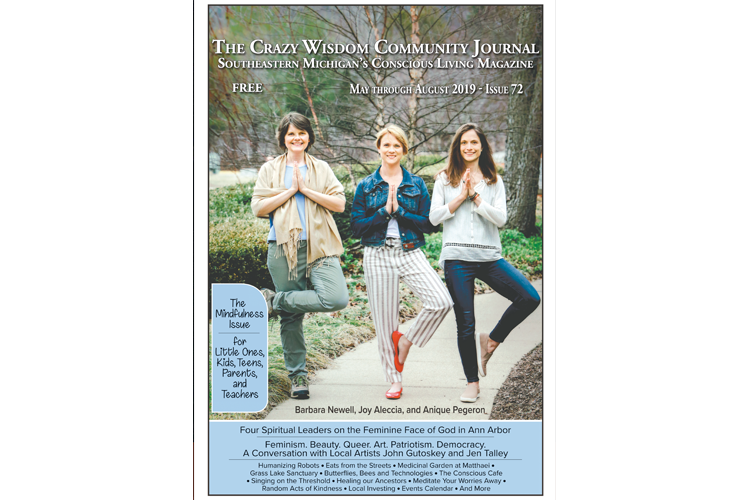
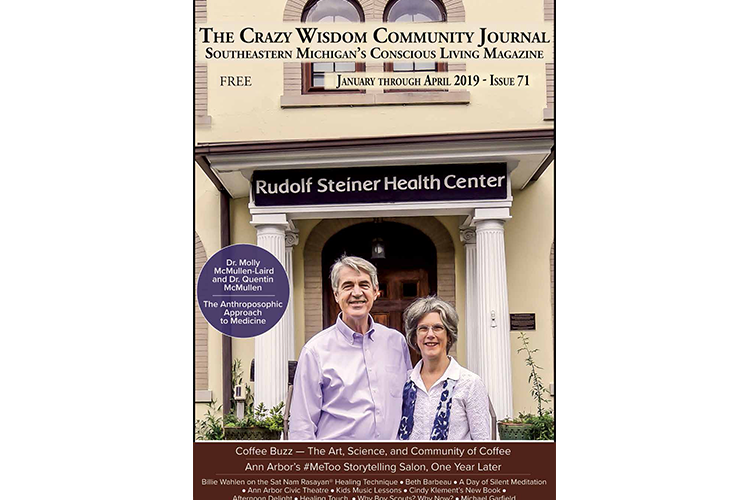
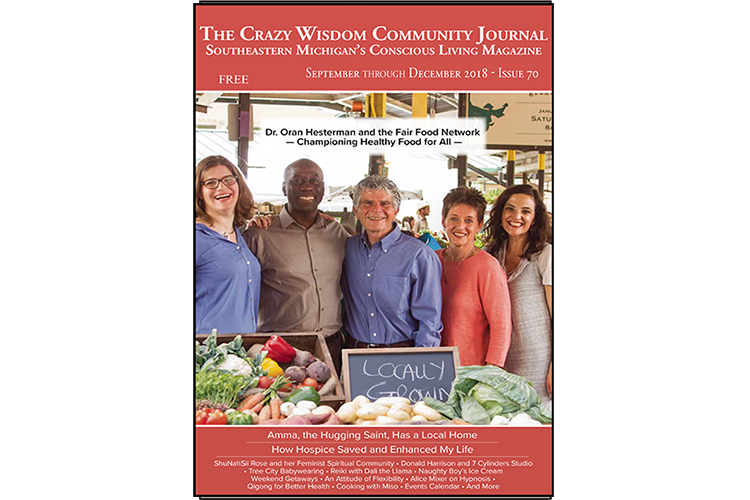
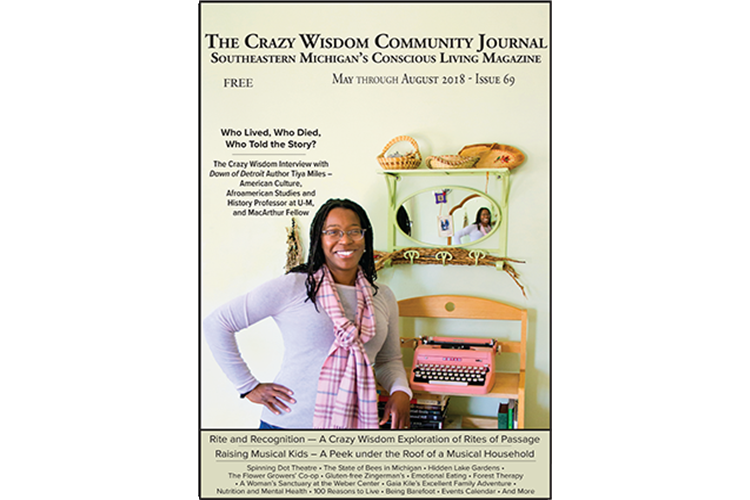

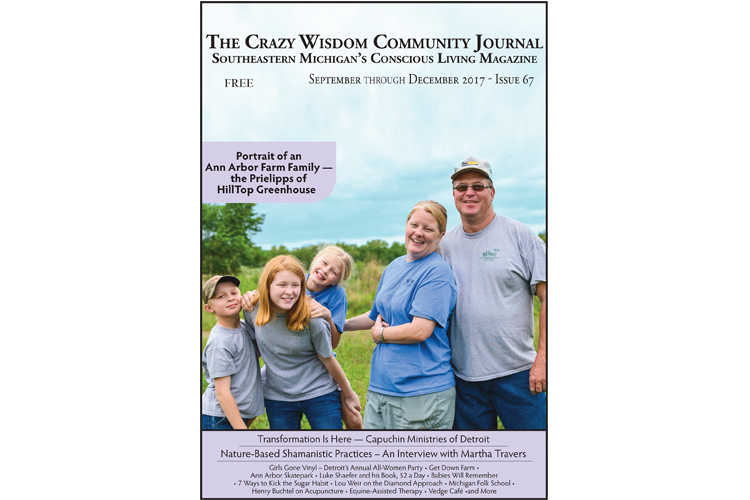

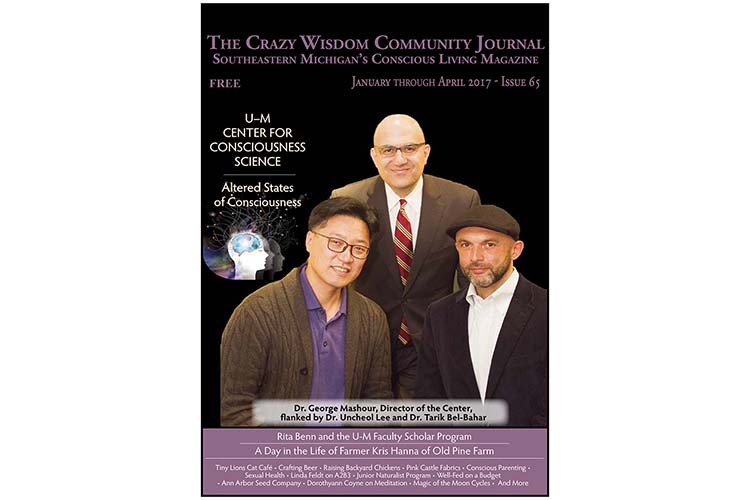
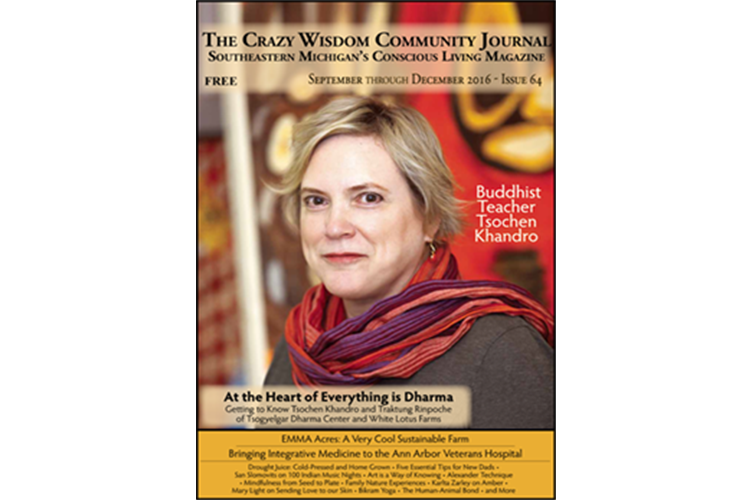







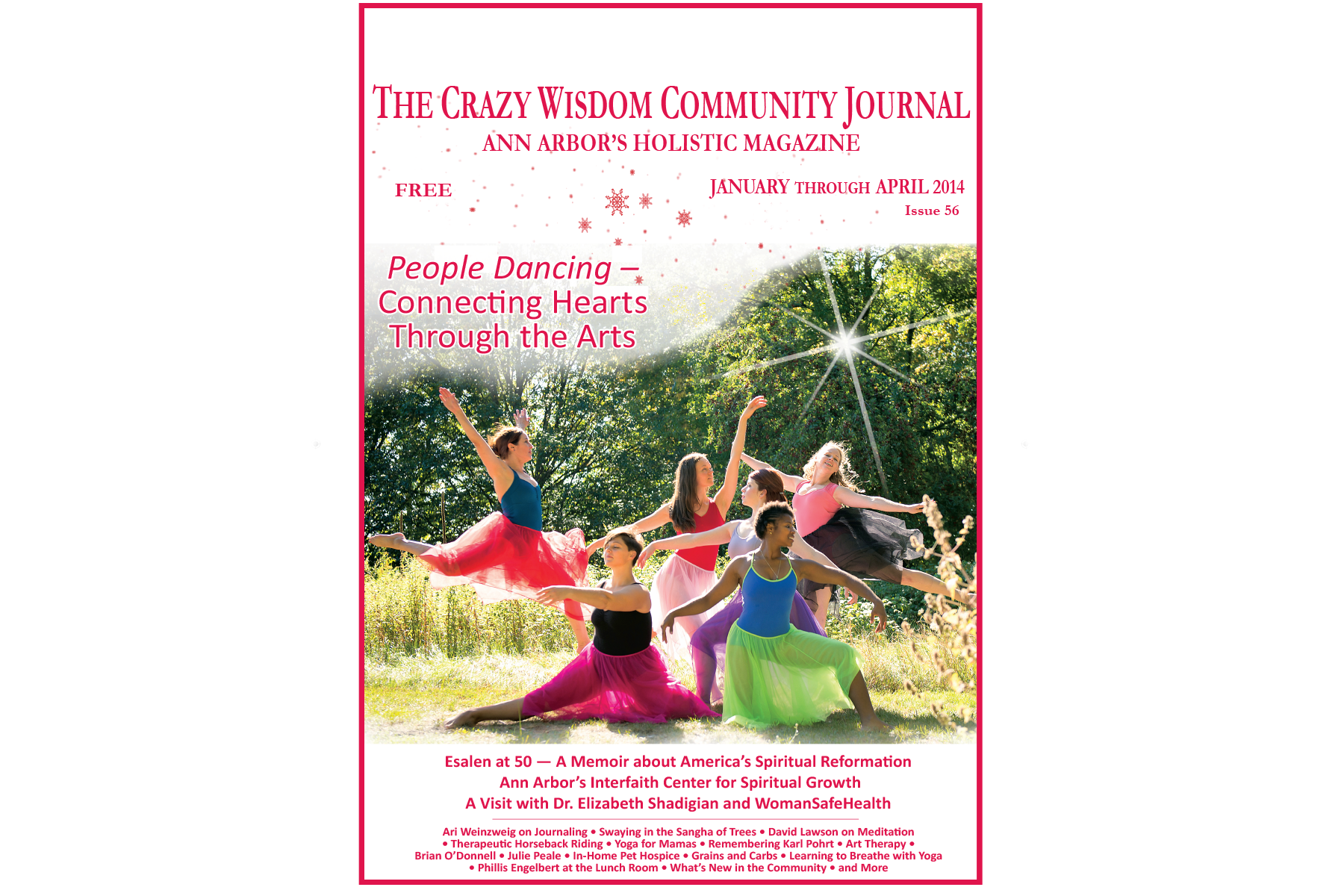
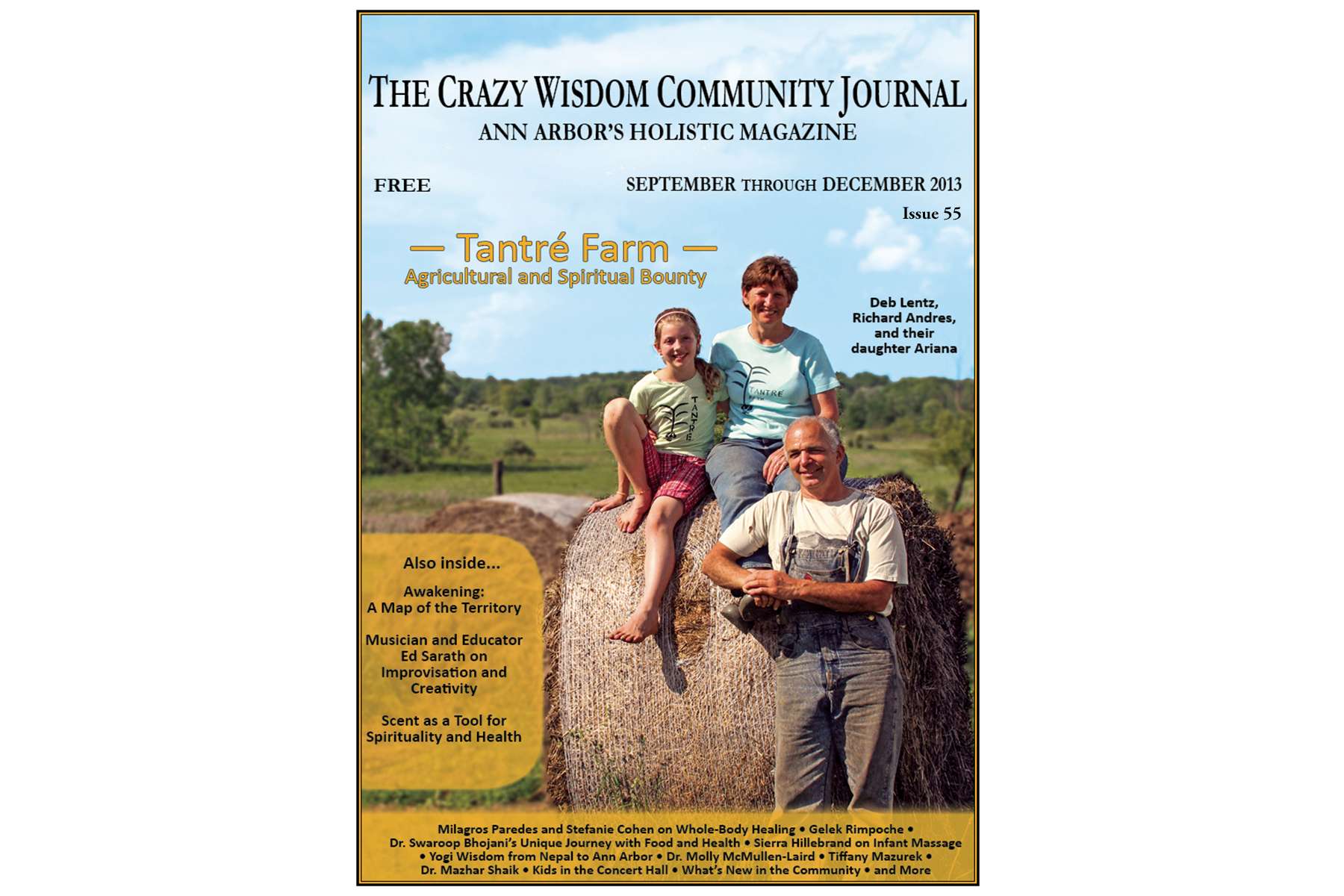



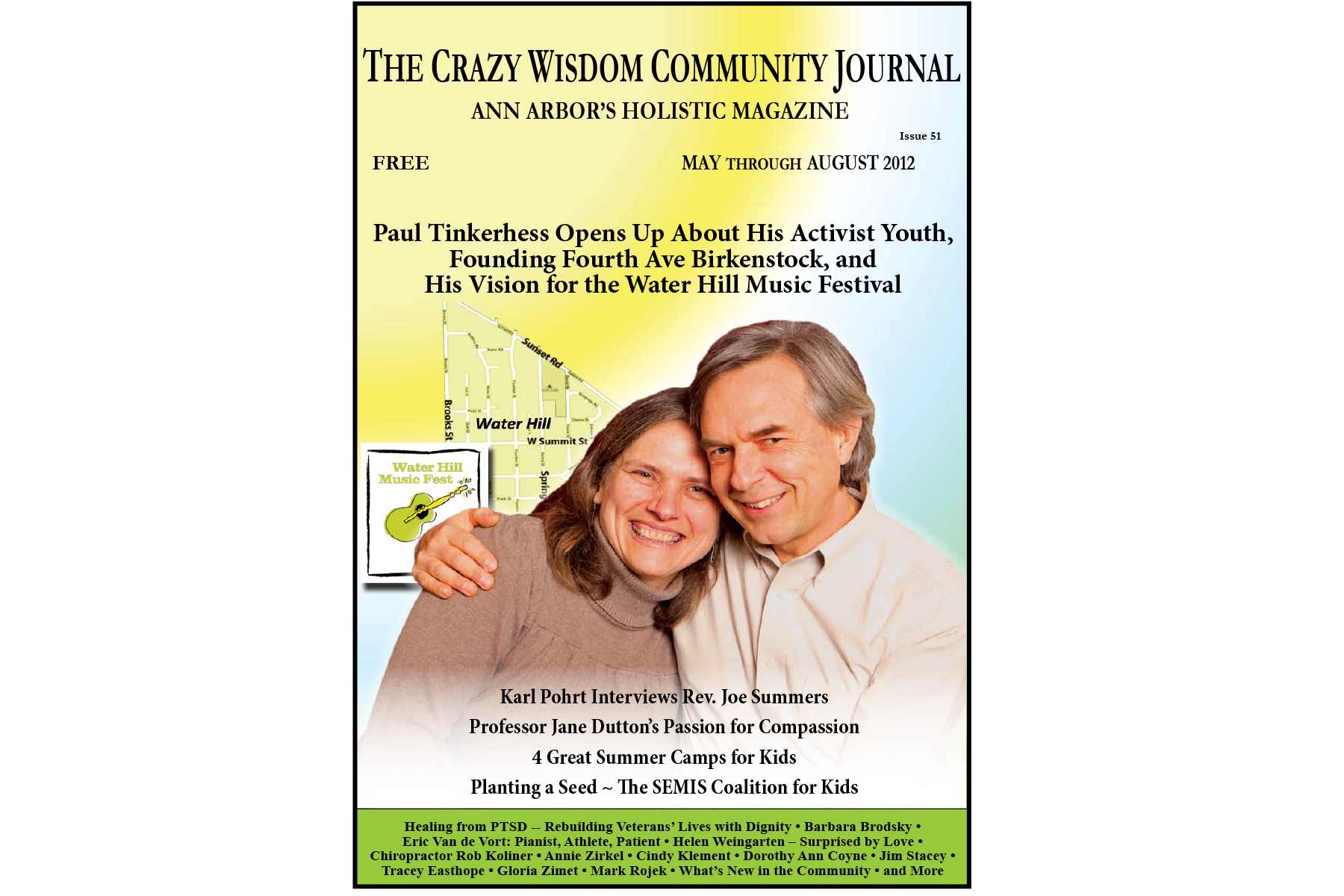


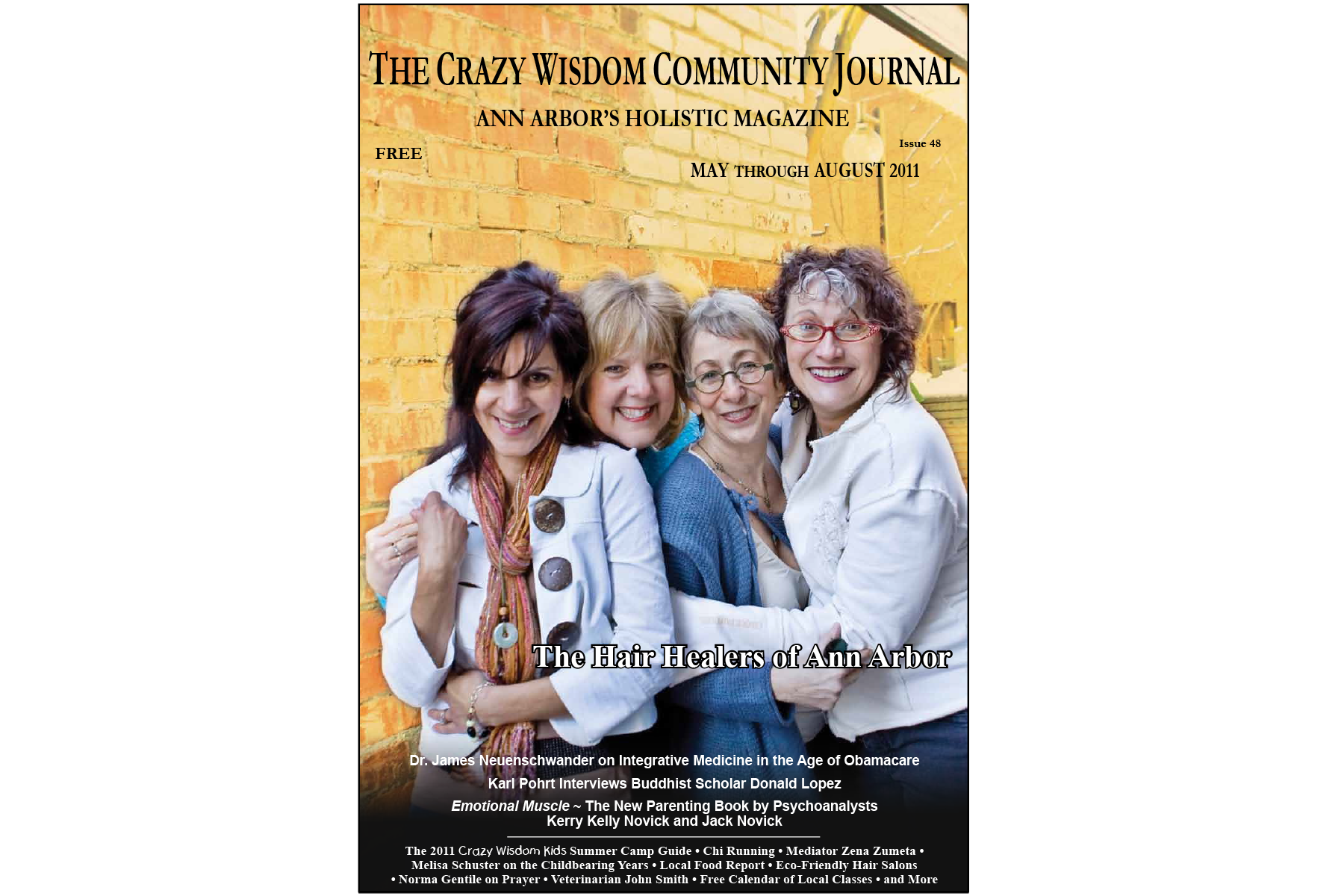
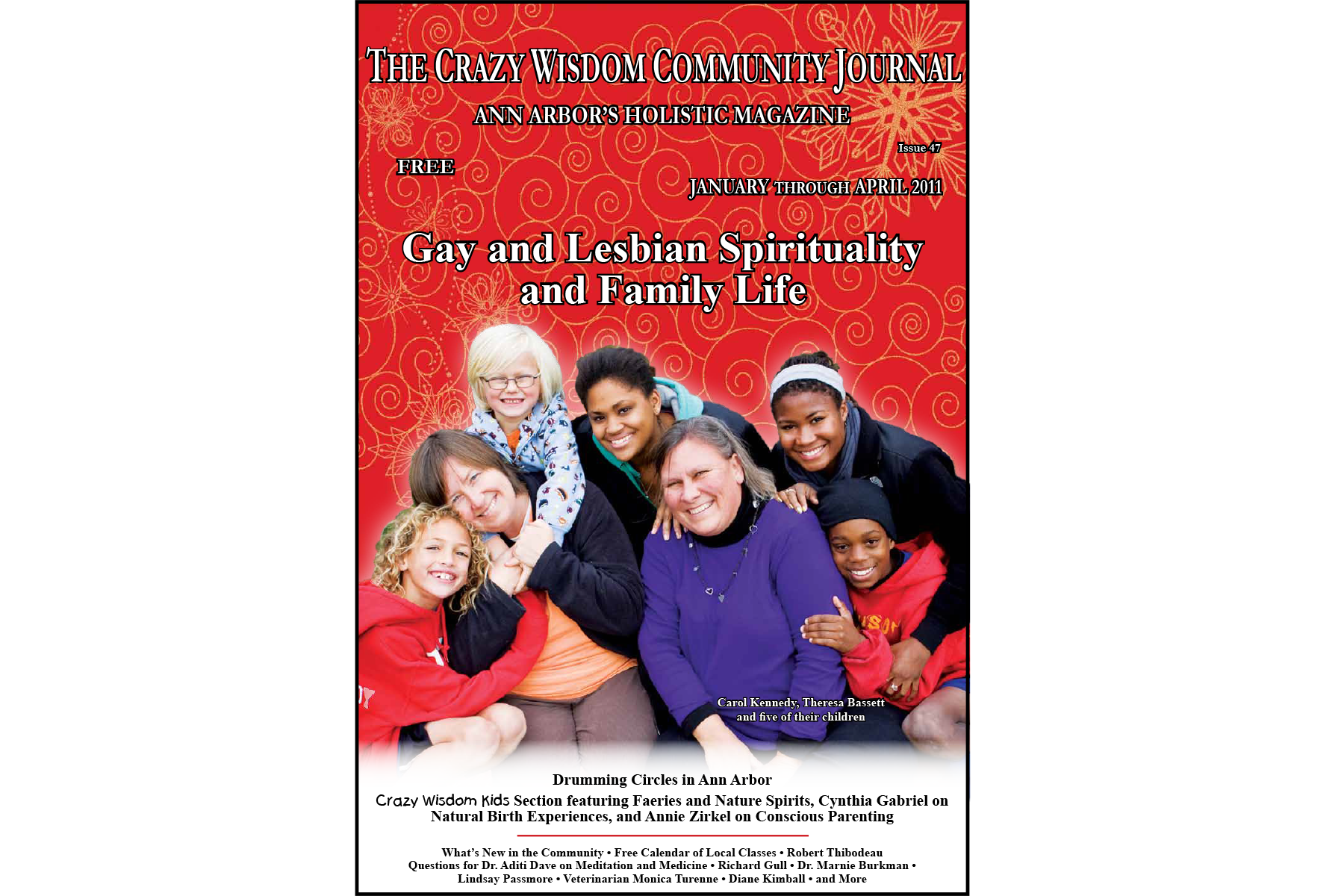
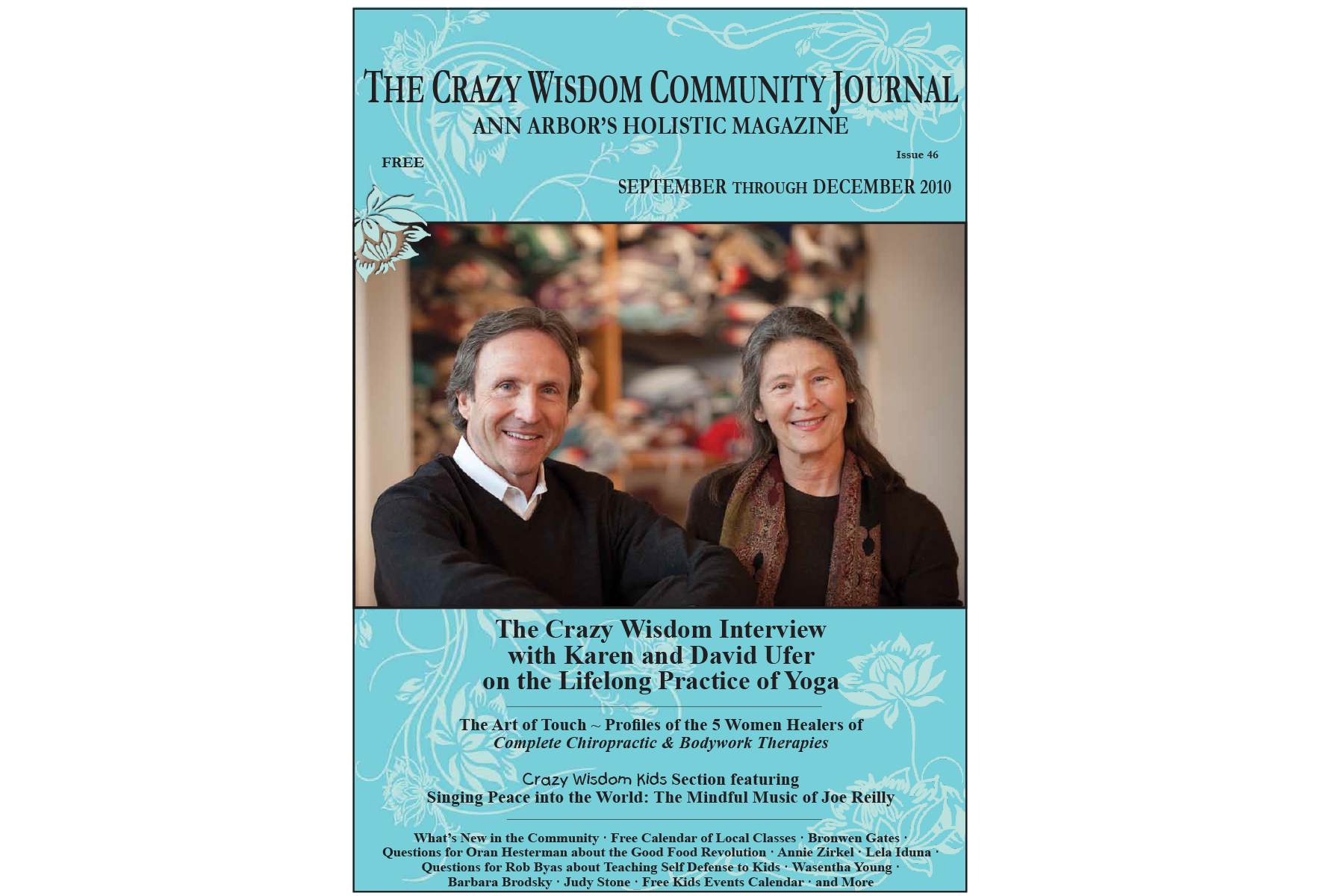





“I’ll never give up on you, don’t you give up on you.” These words from Mitra Manesh, Mindfulness Educator, Thought Leader, and my mentor, have stayed with me through my growth and journey into the world of mindfulness and meditation practices. In 2020, I sat in on a webinar with this teacher whom I had never heard of. Upon listening to her deep inner wisdom, I knew immediately I had to study with her.